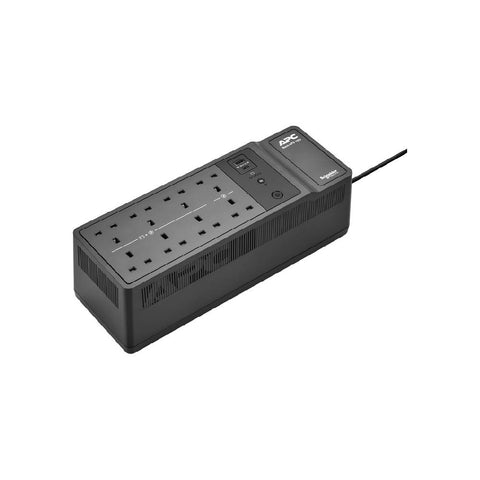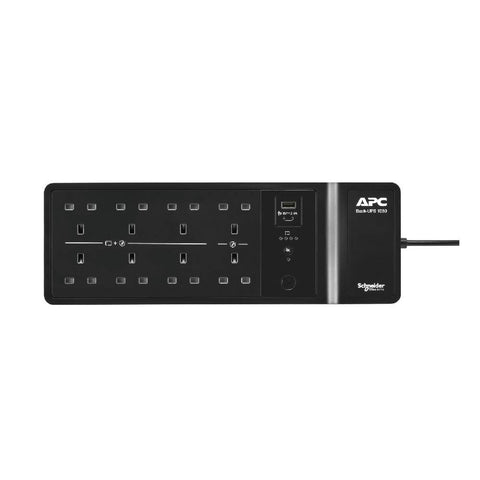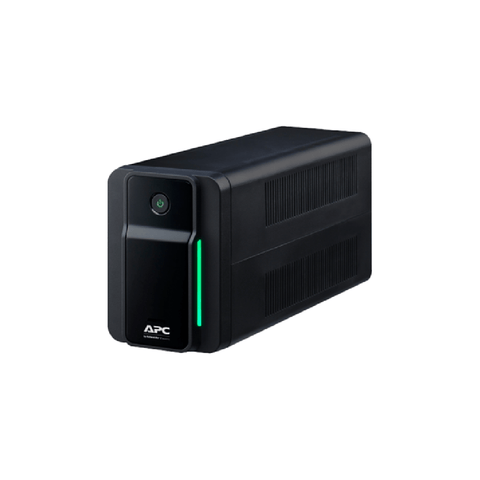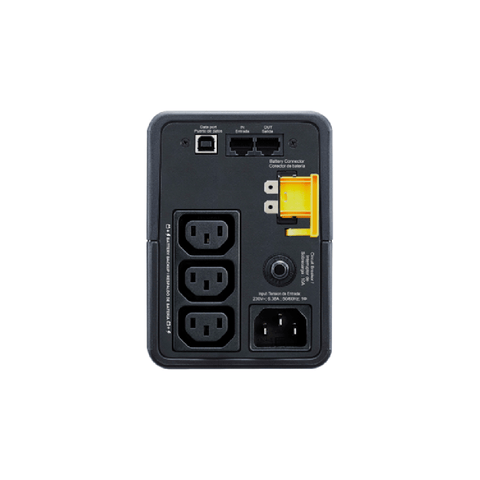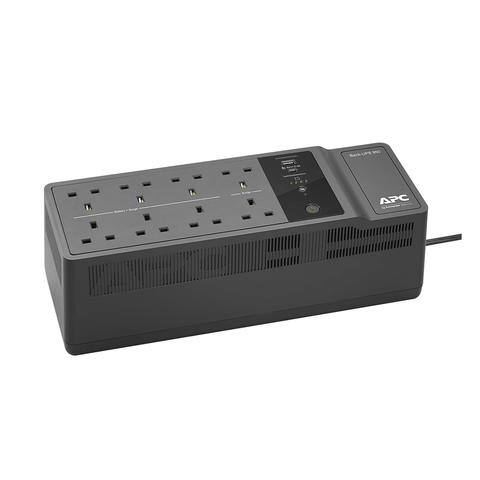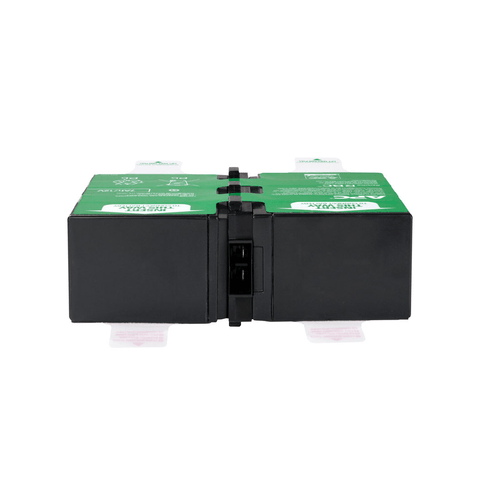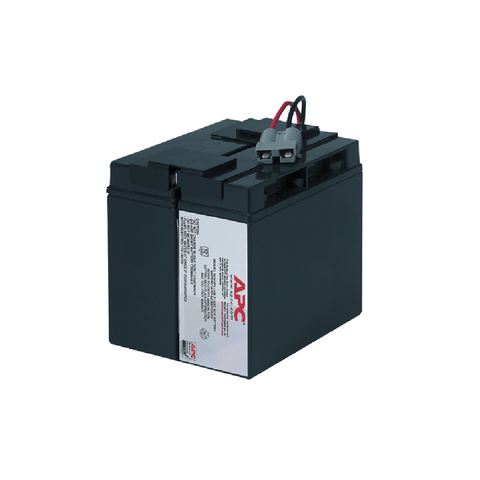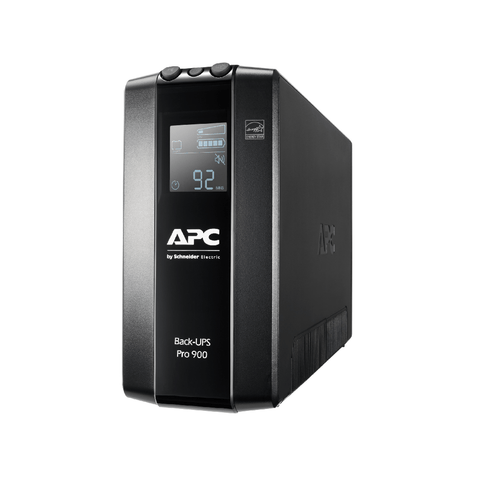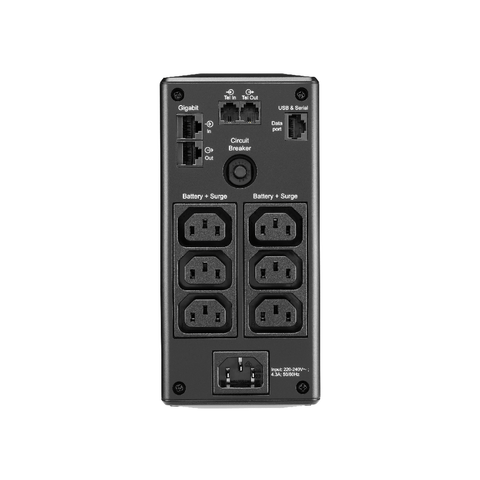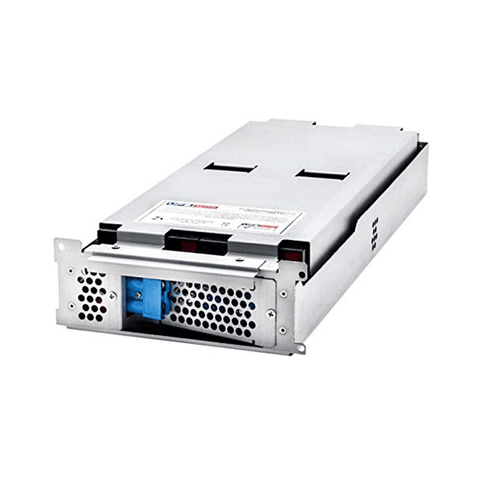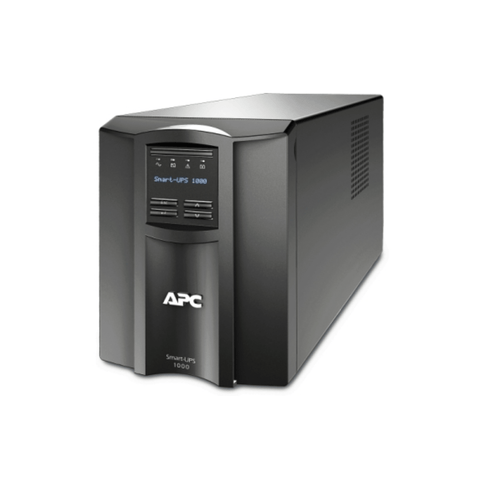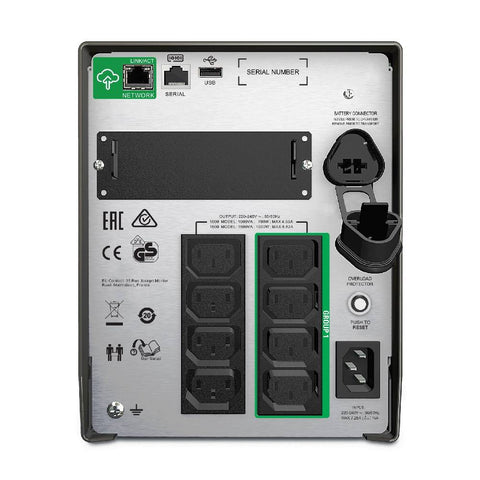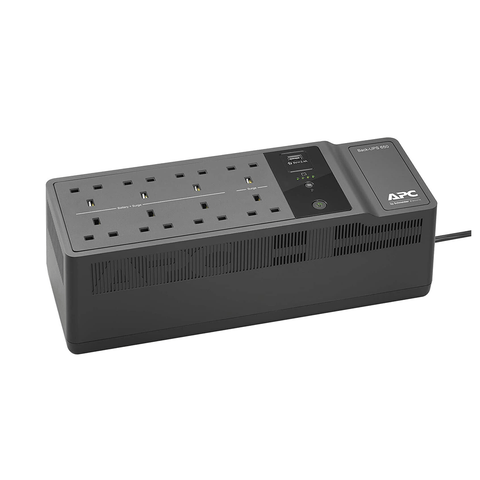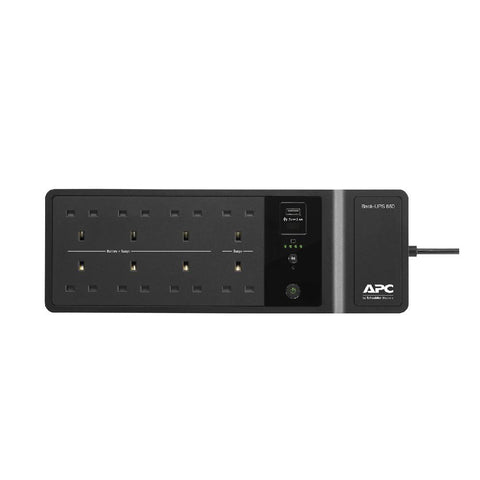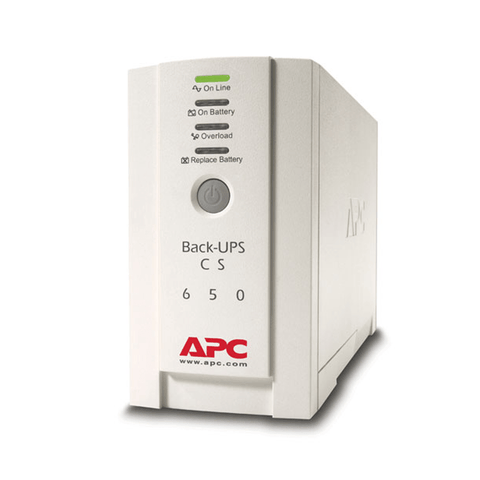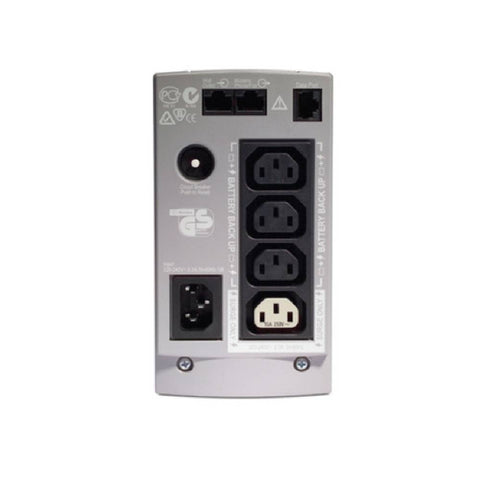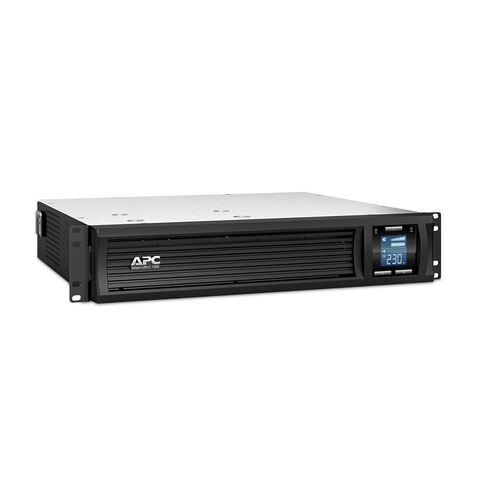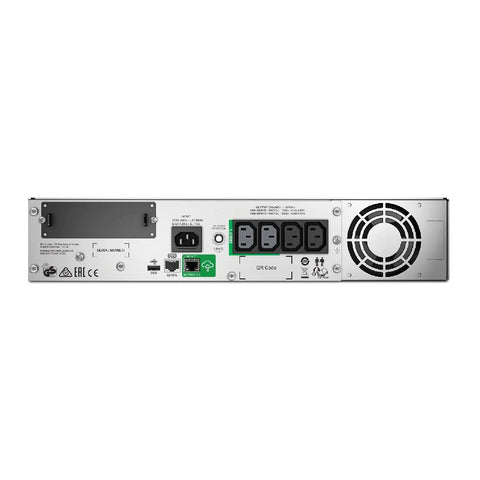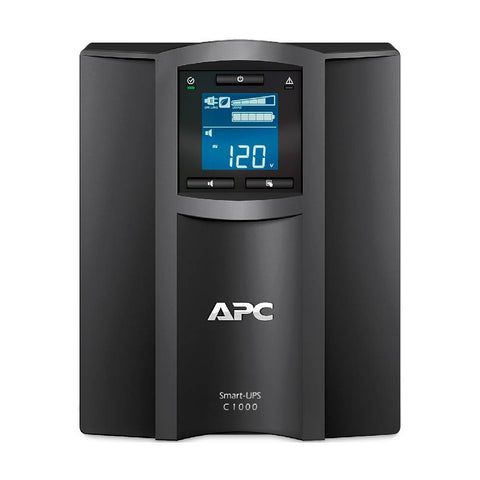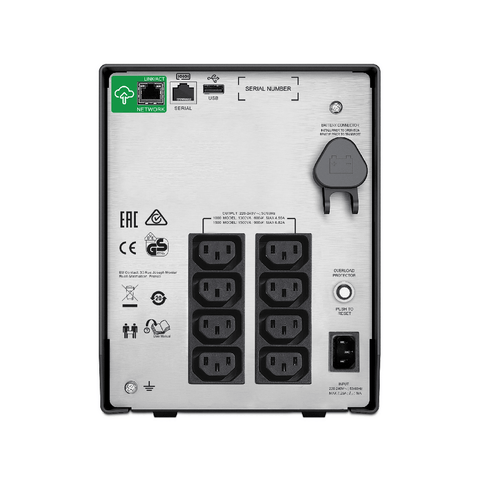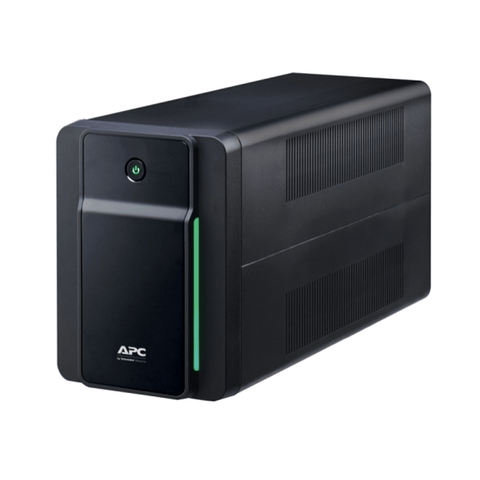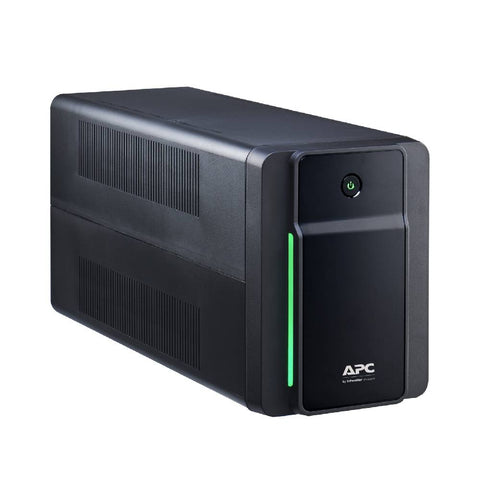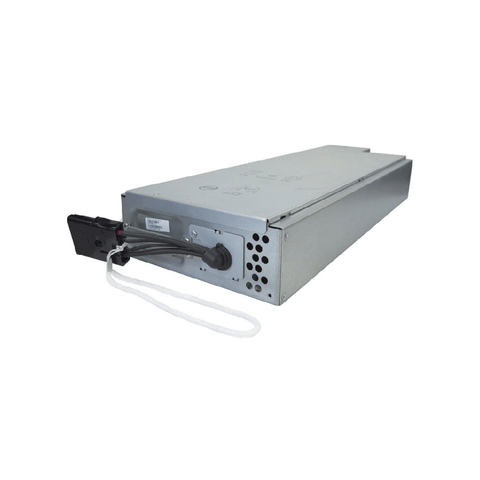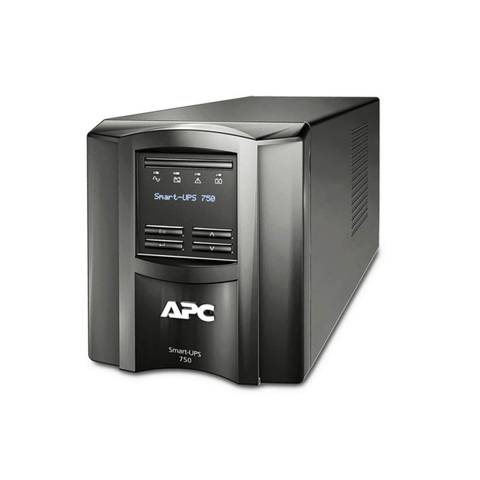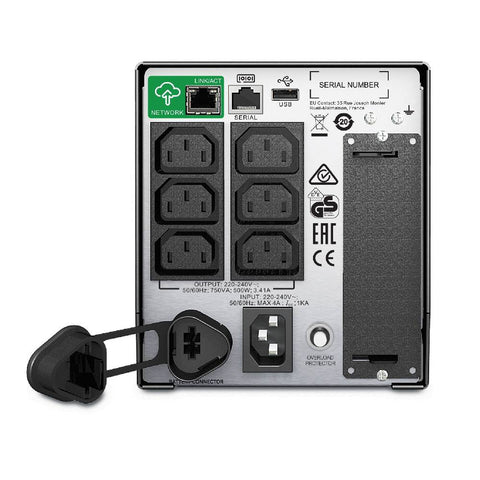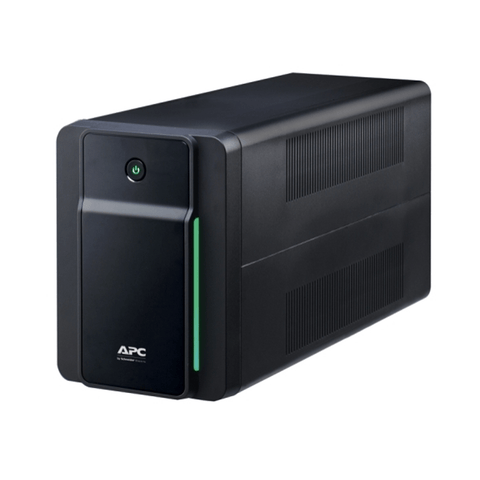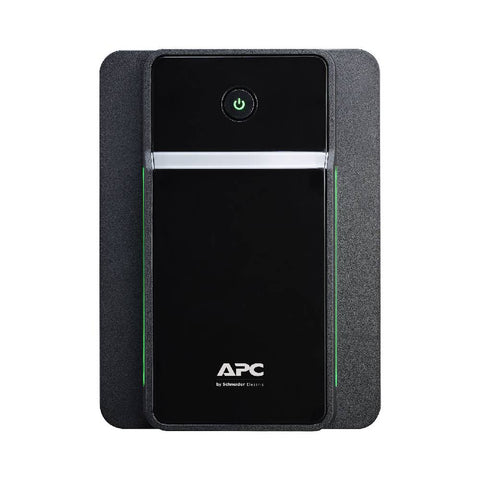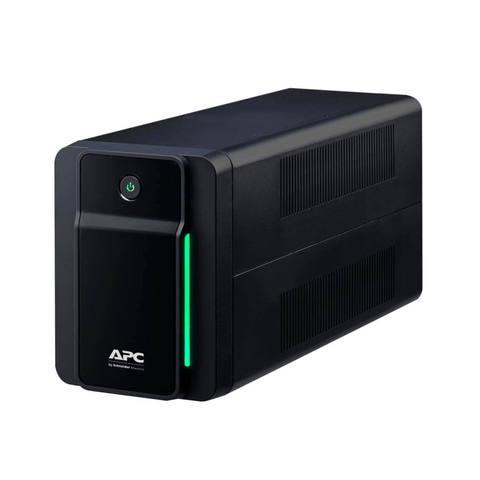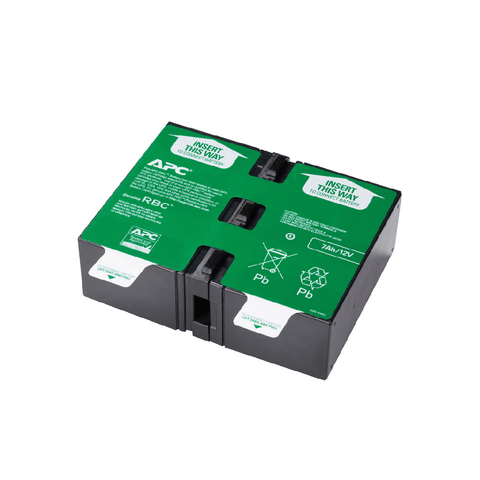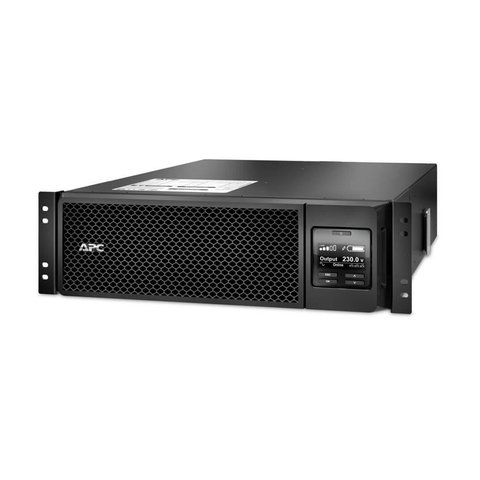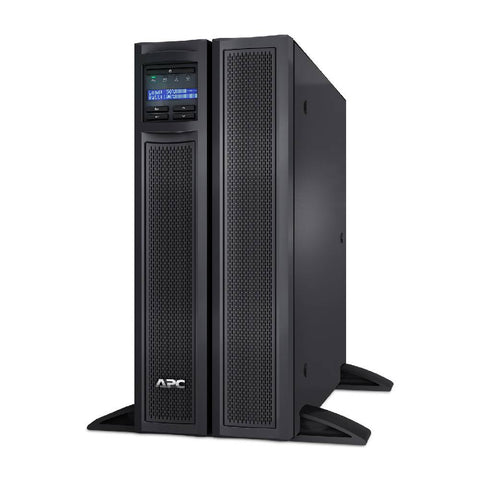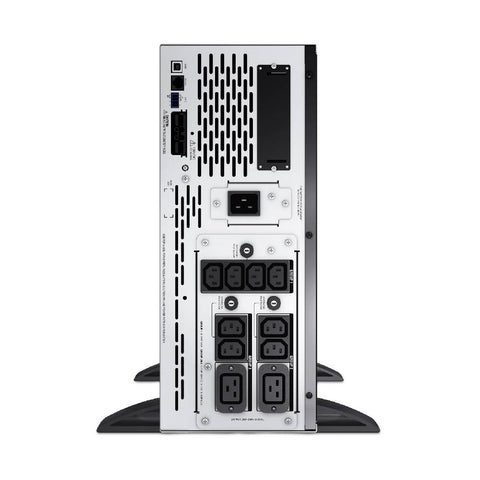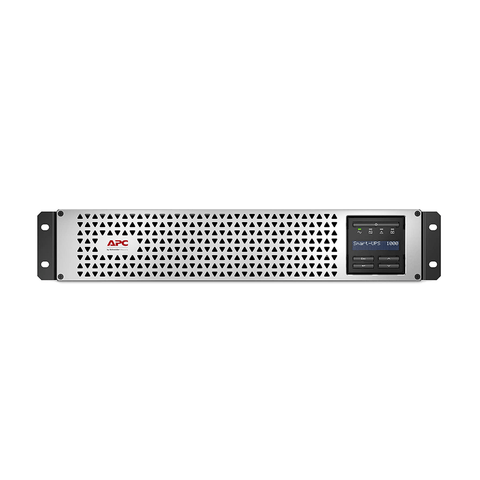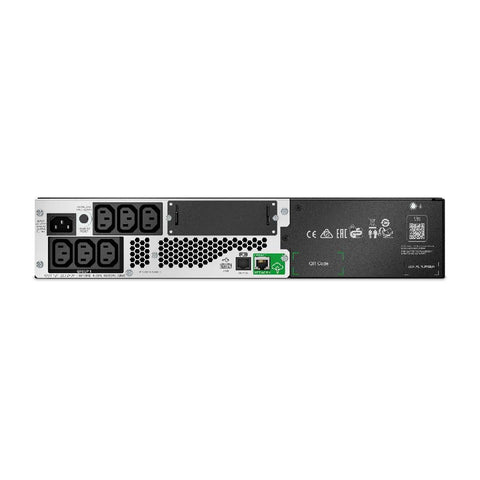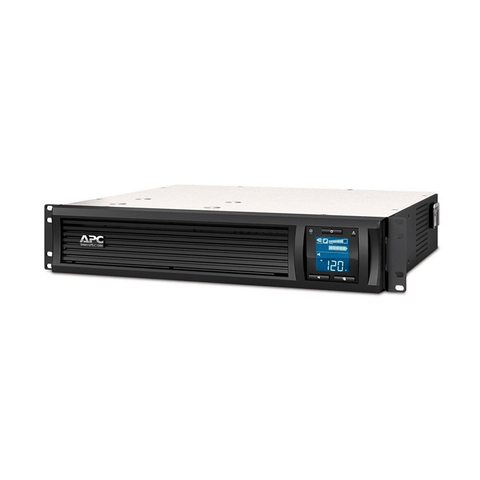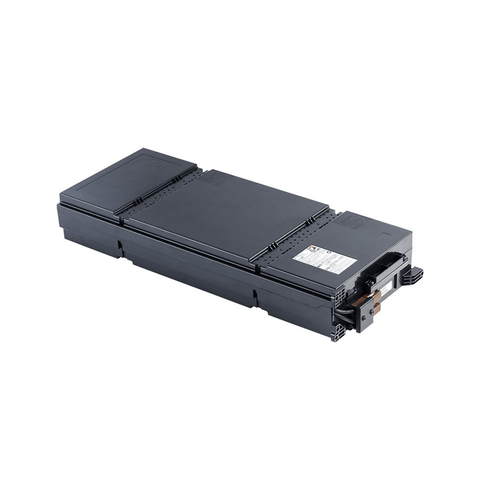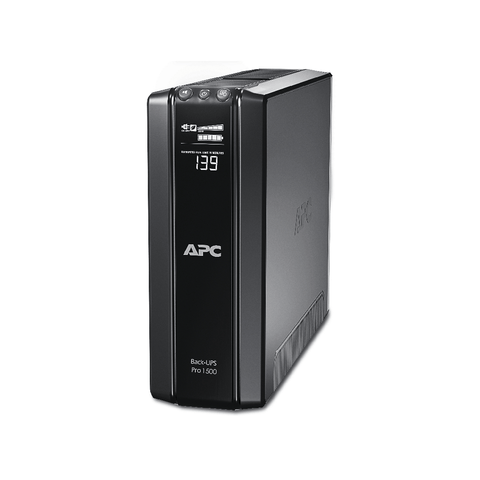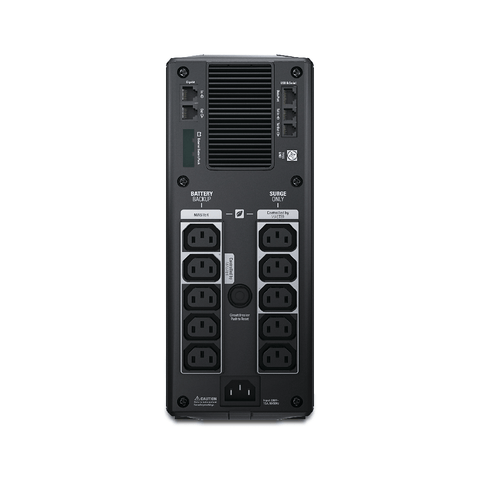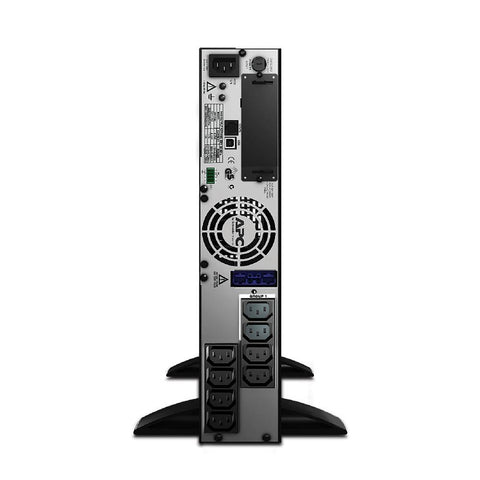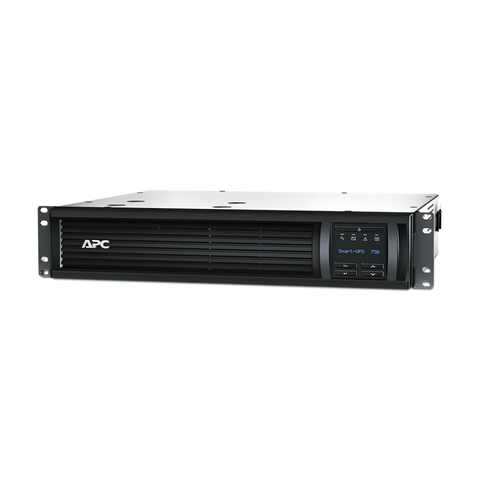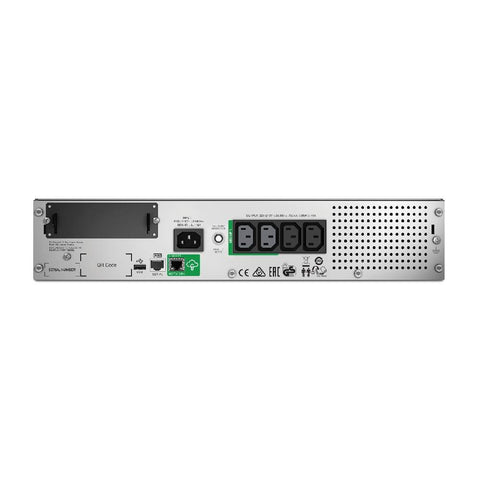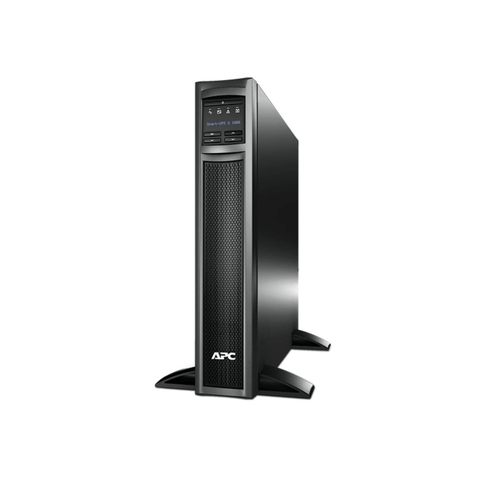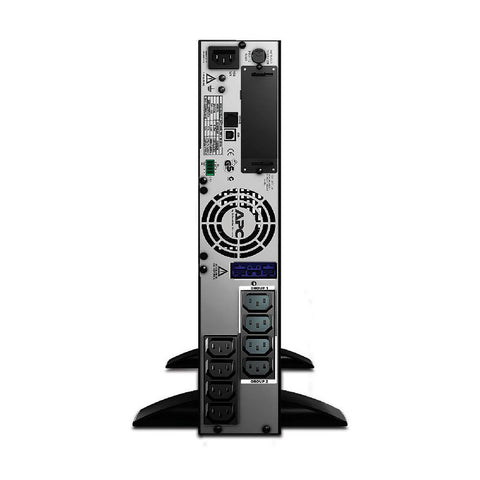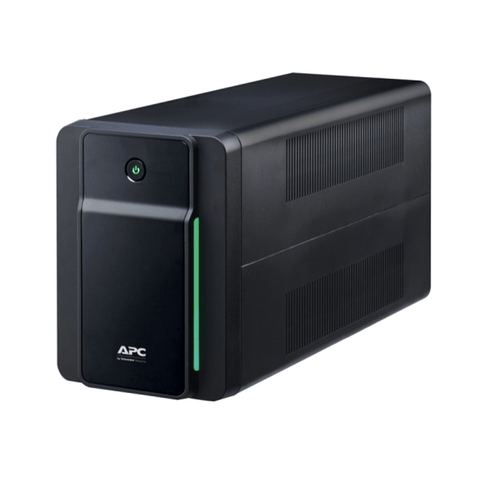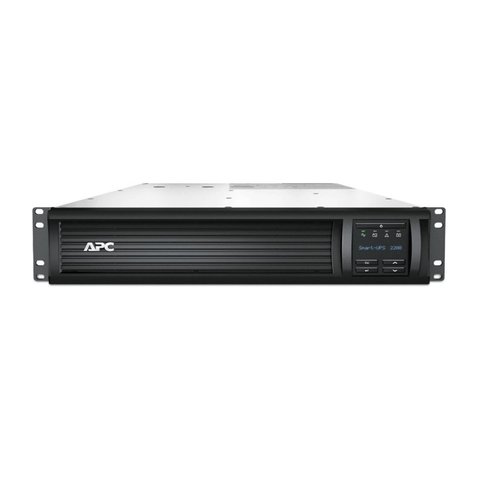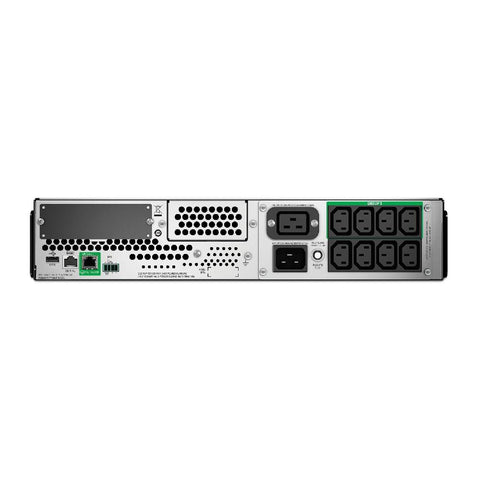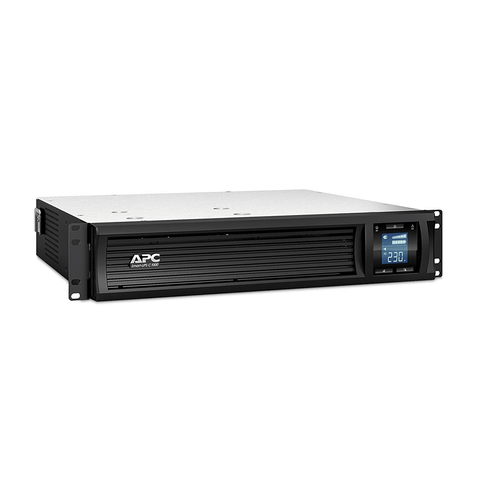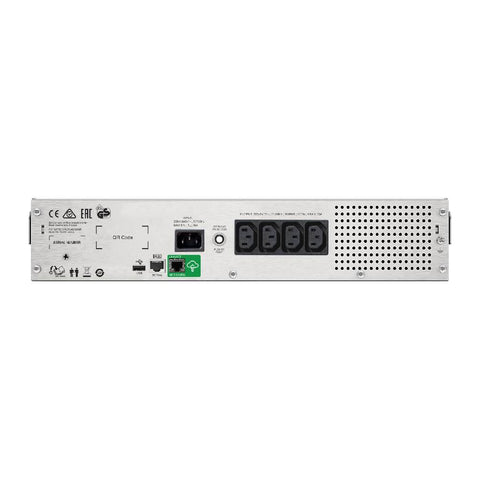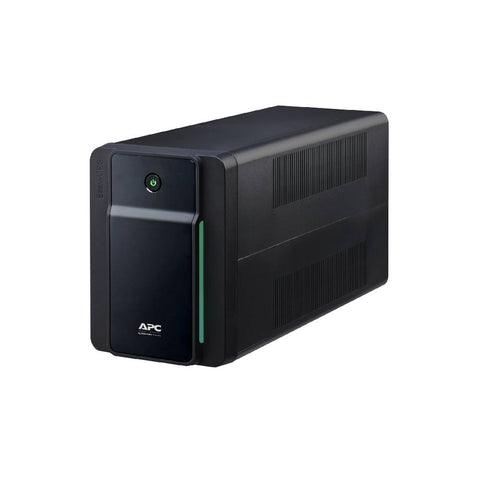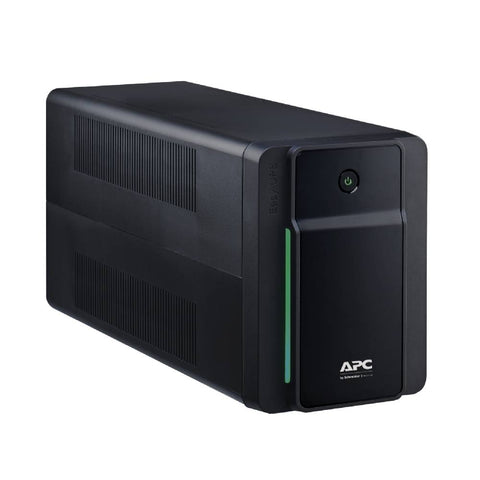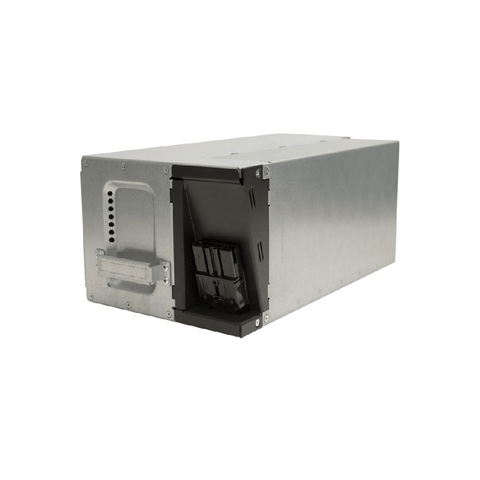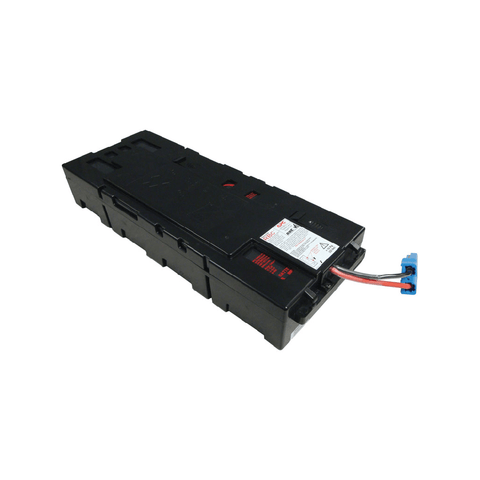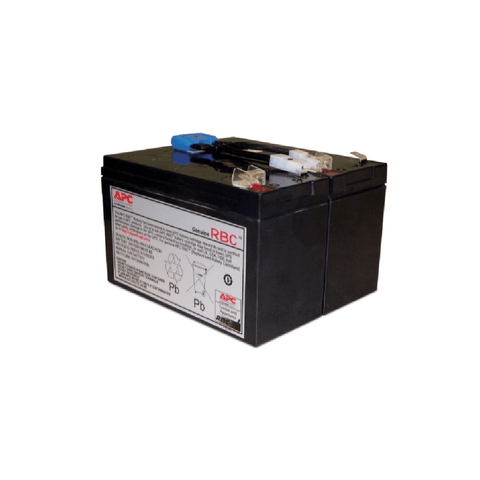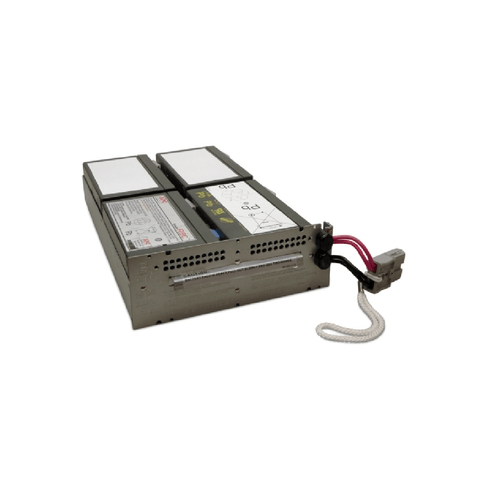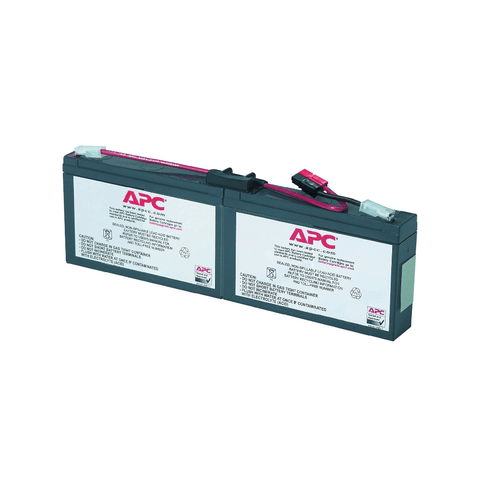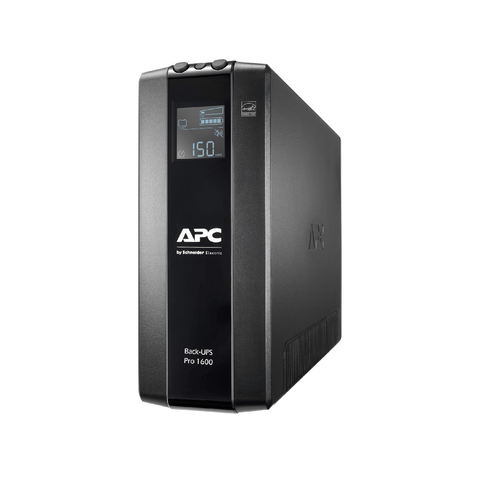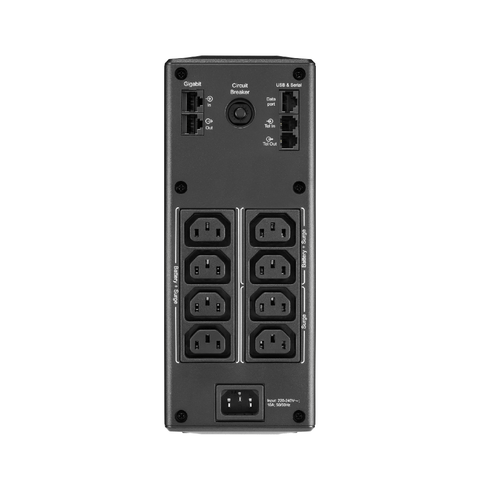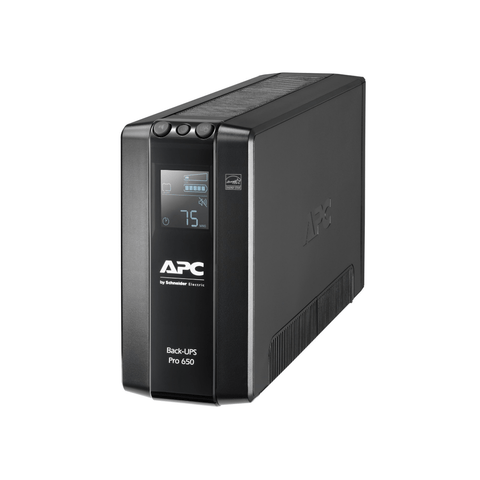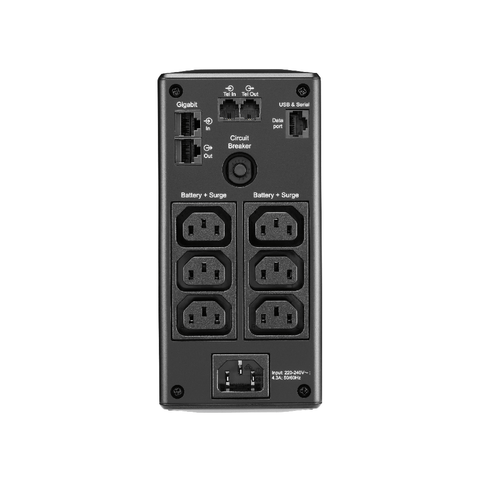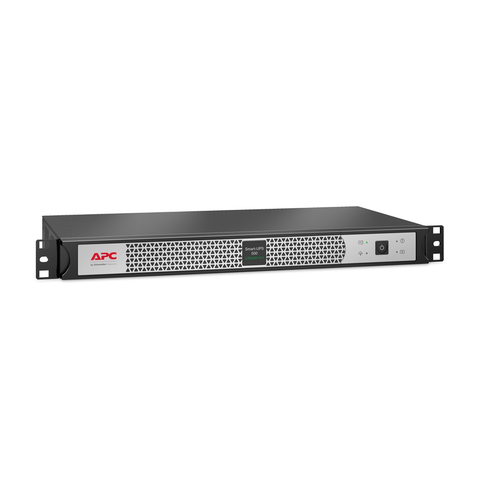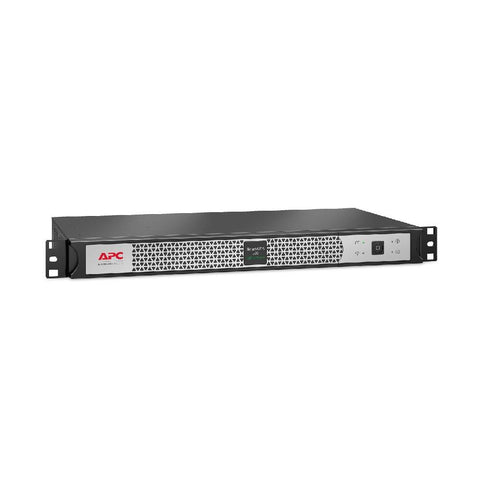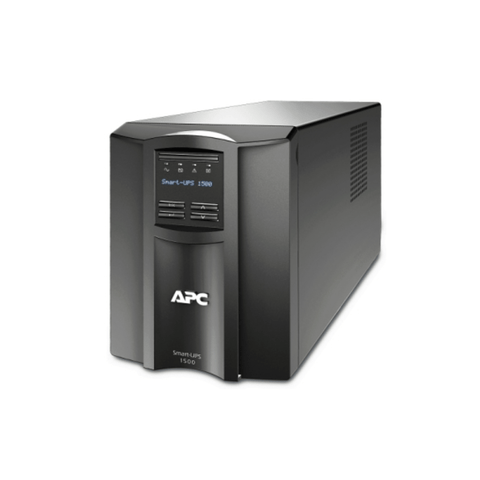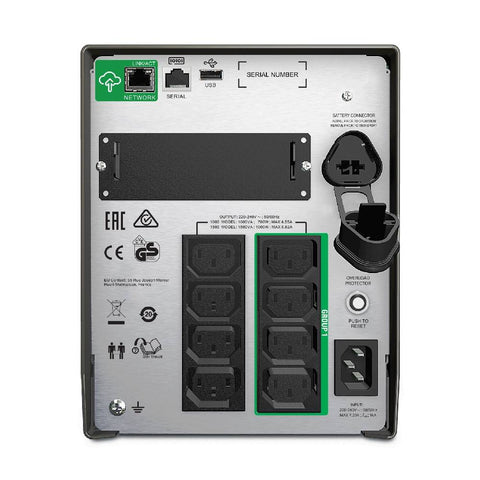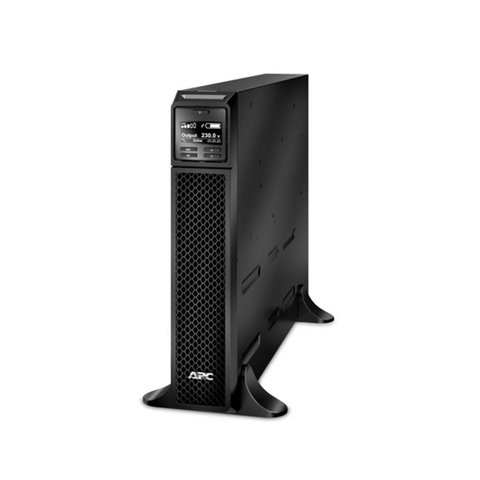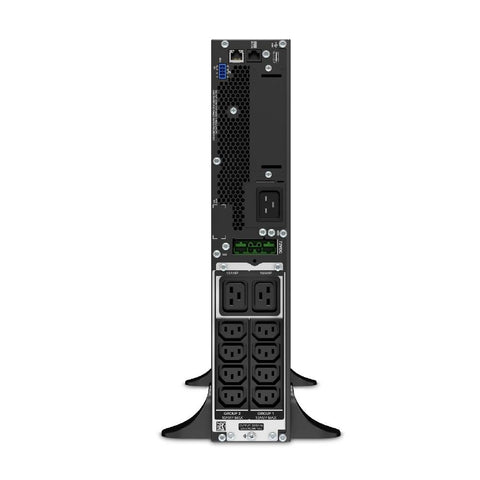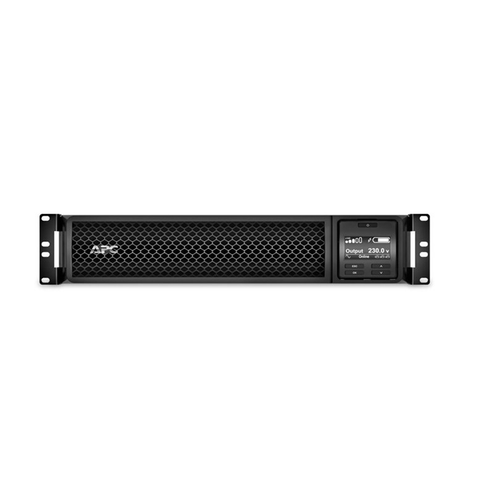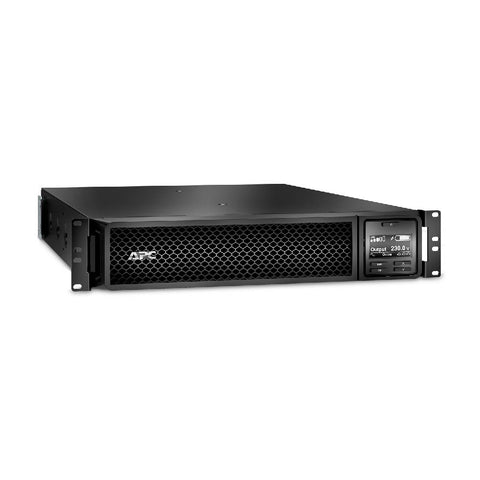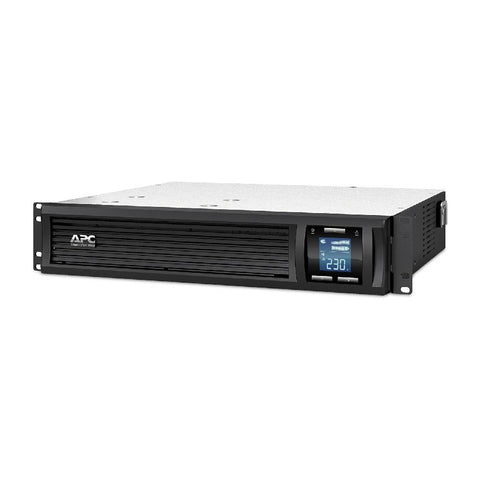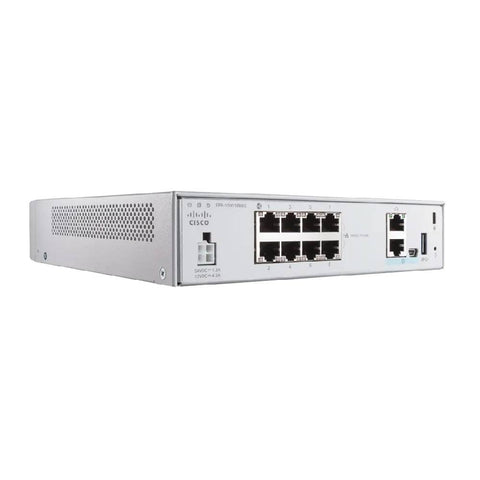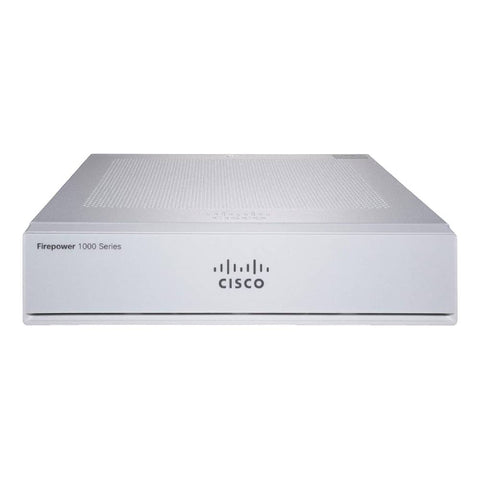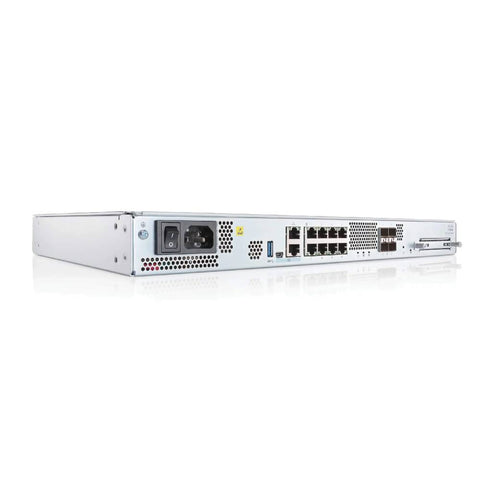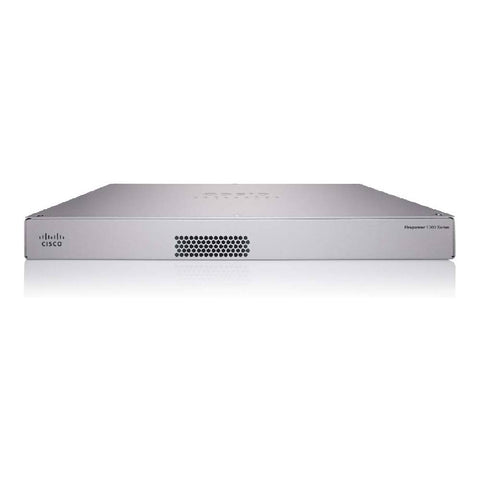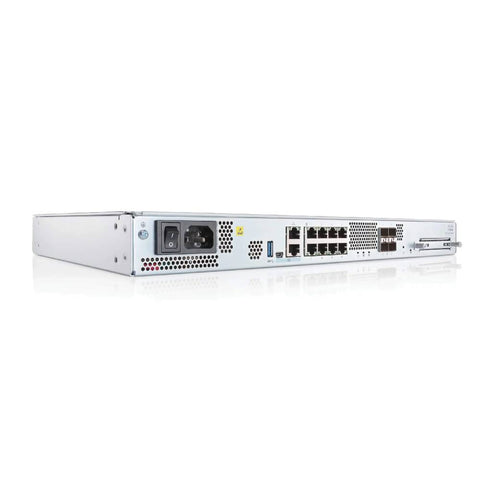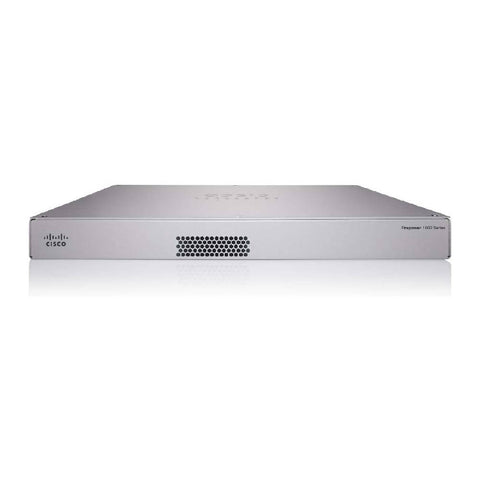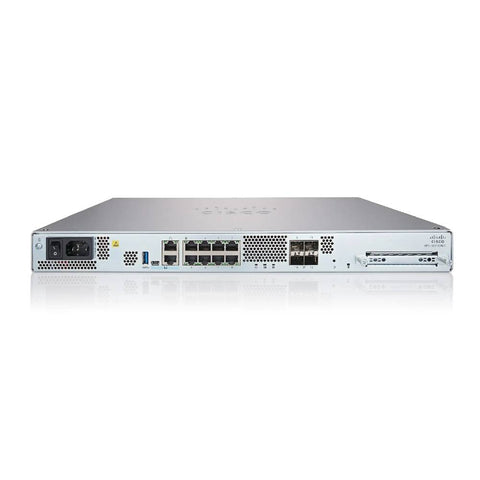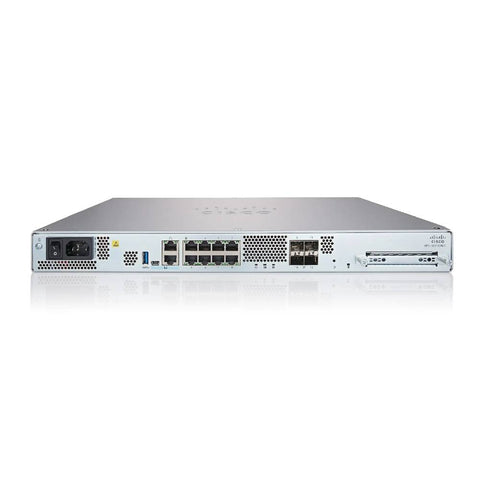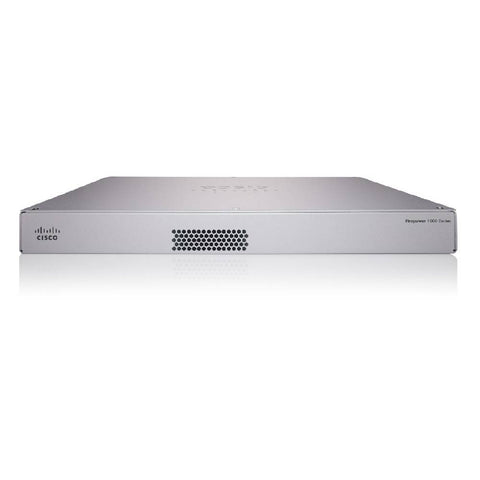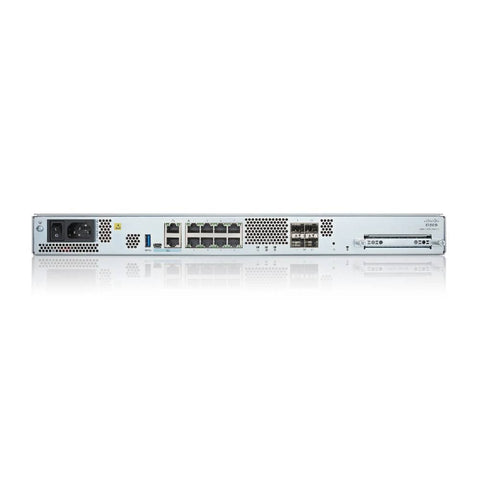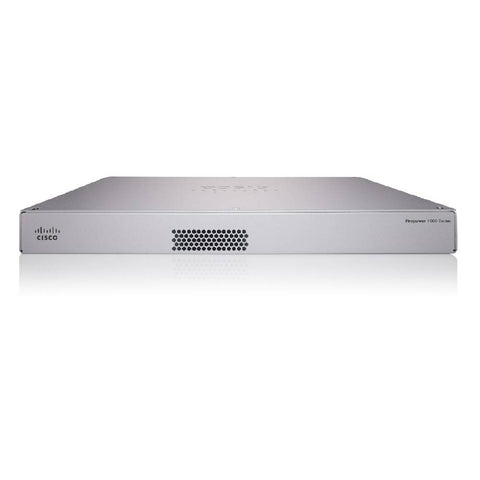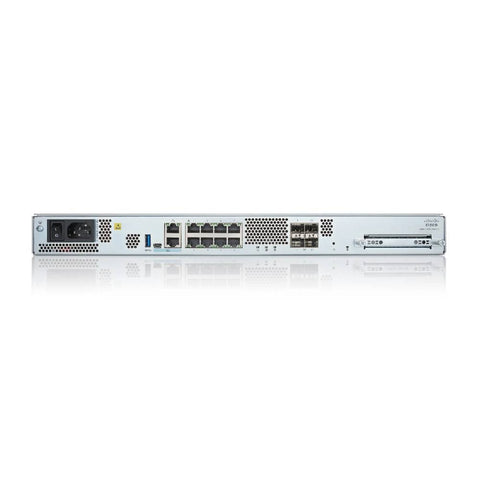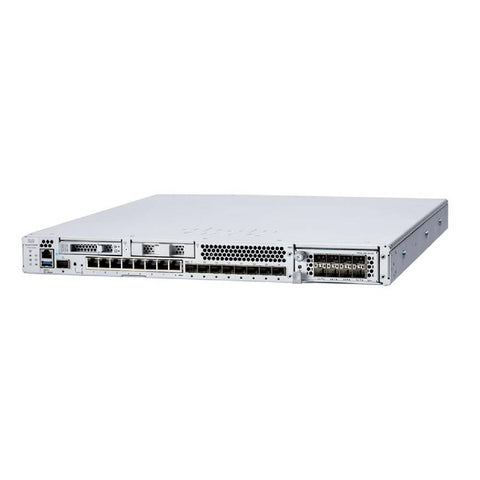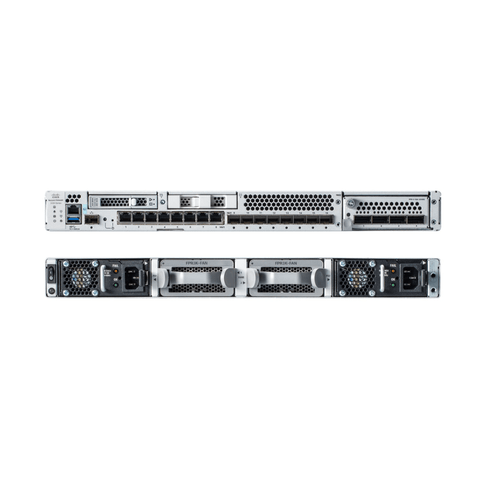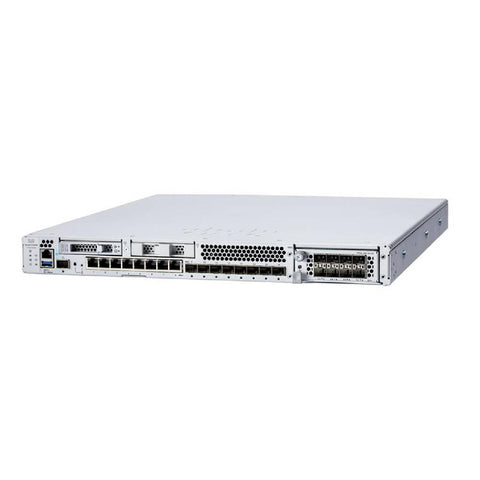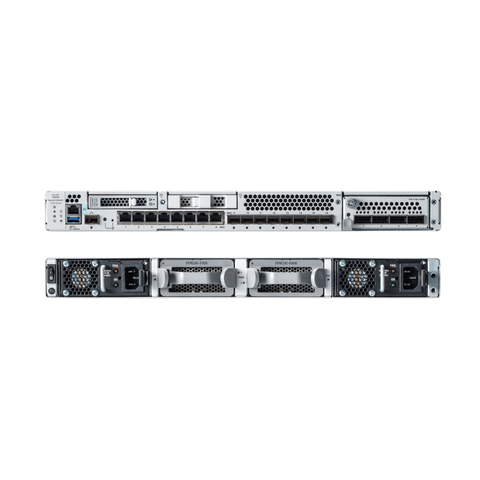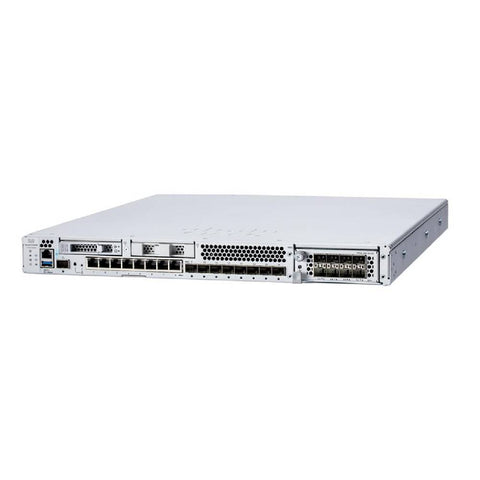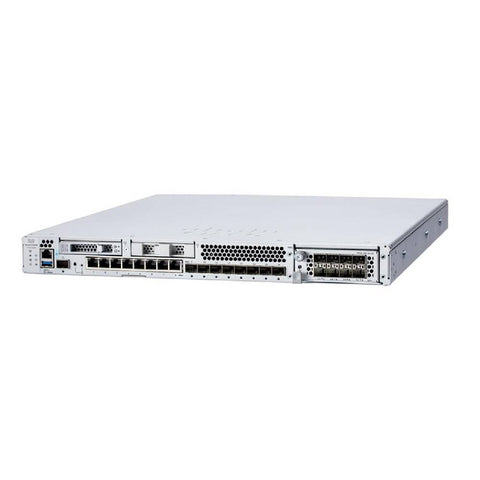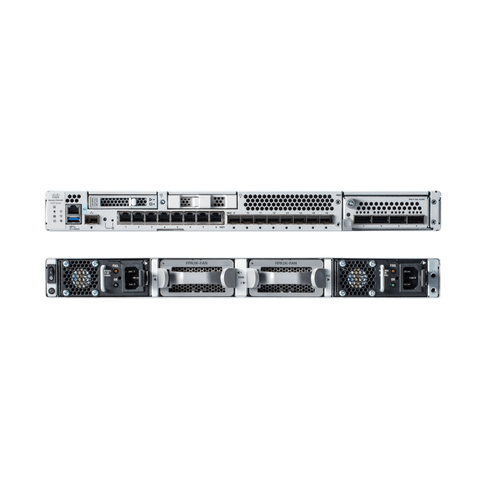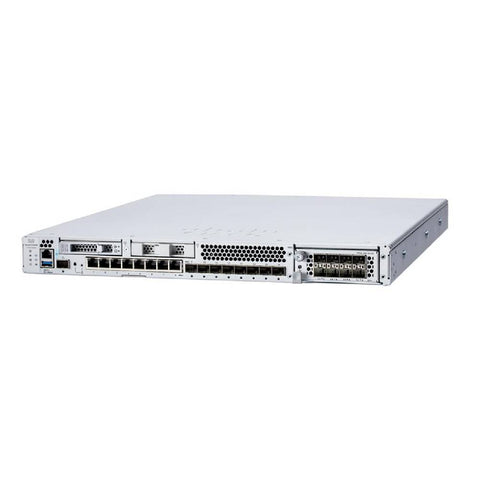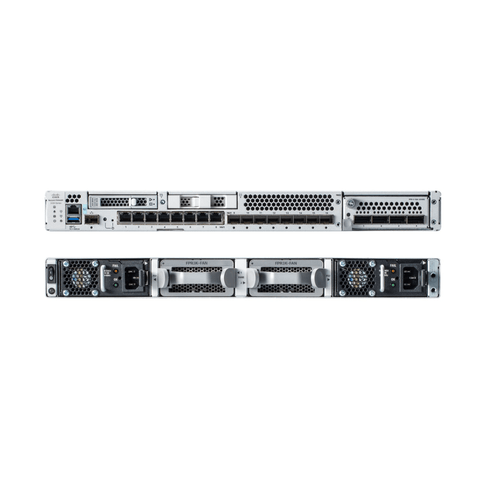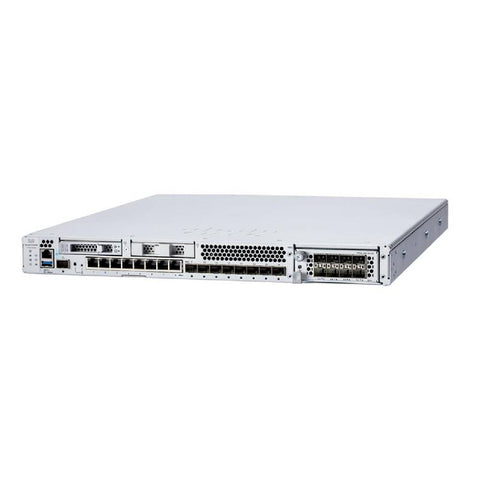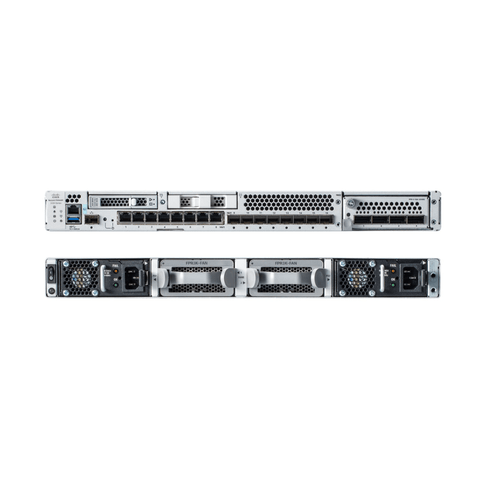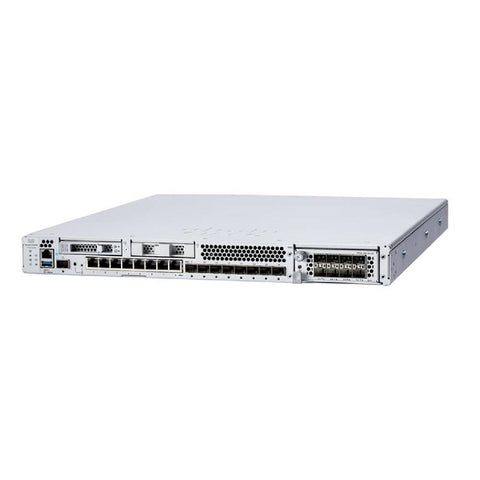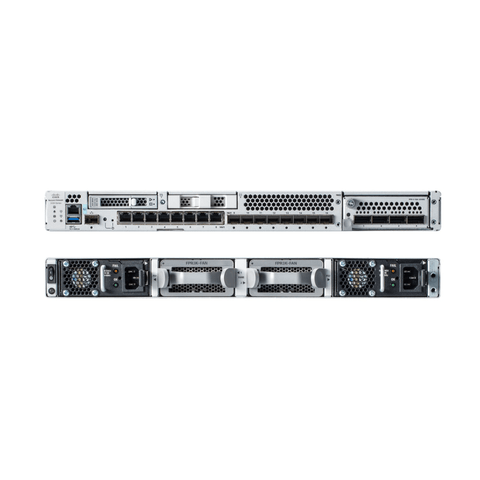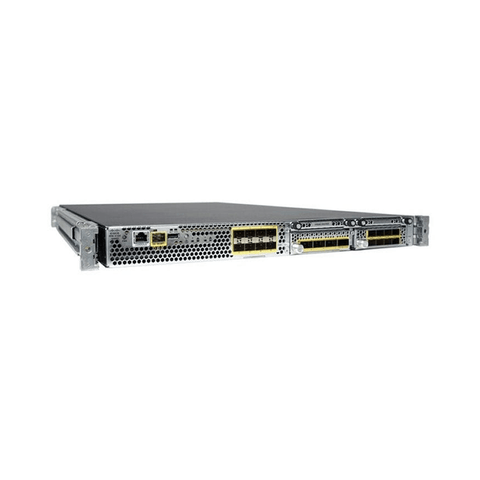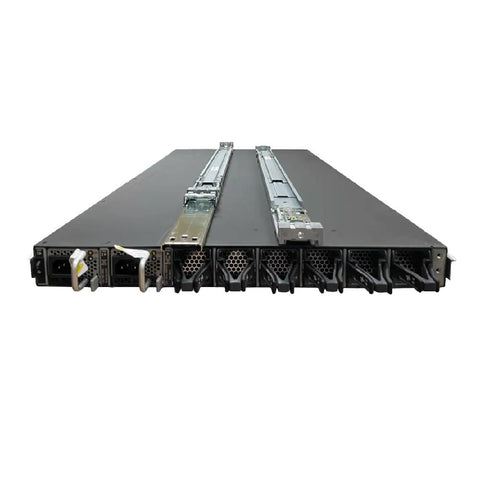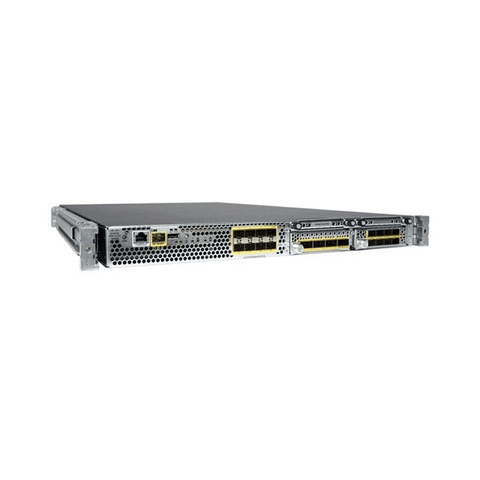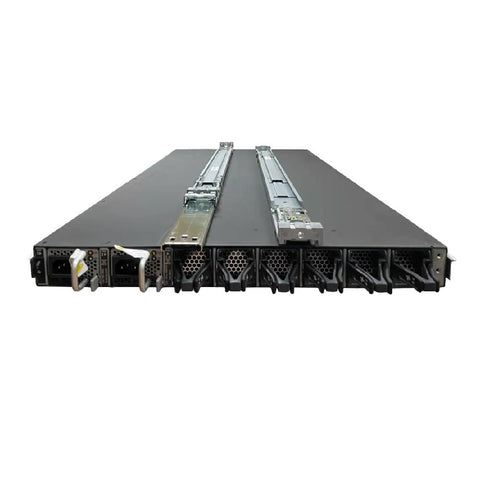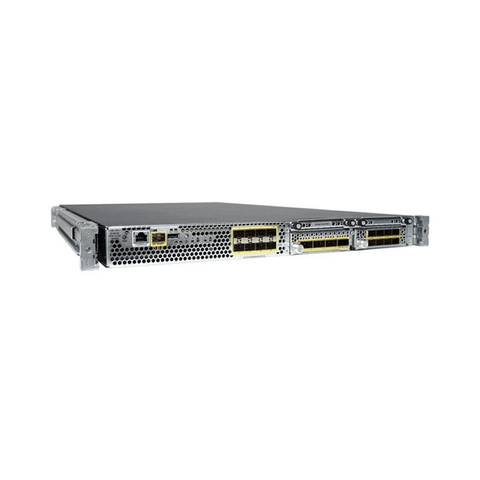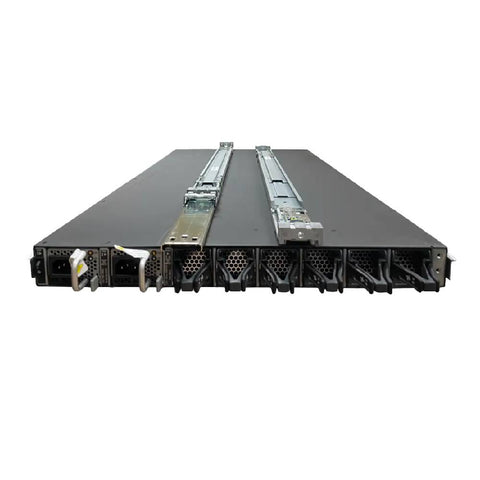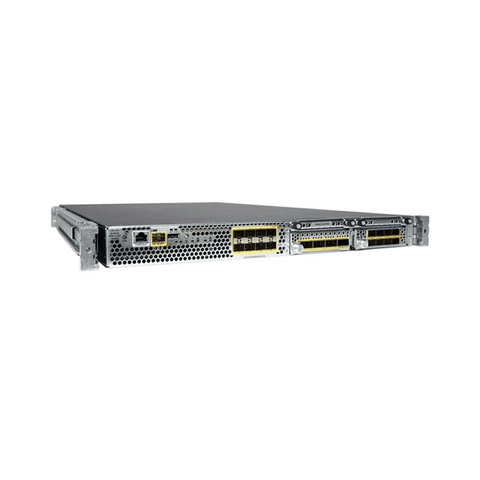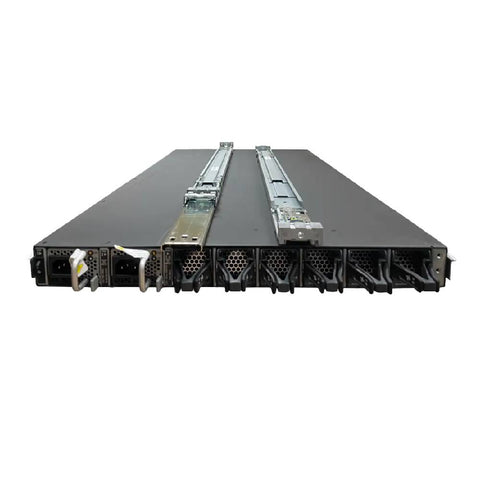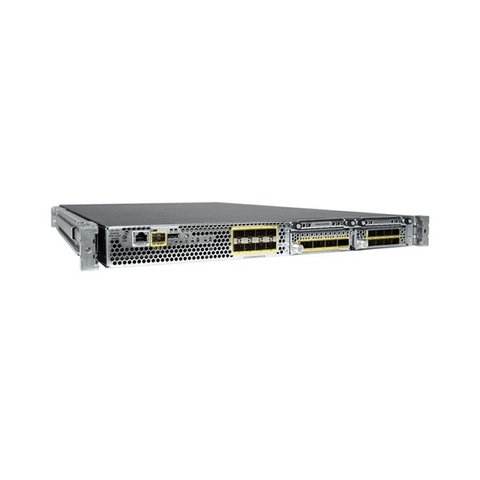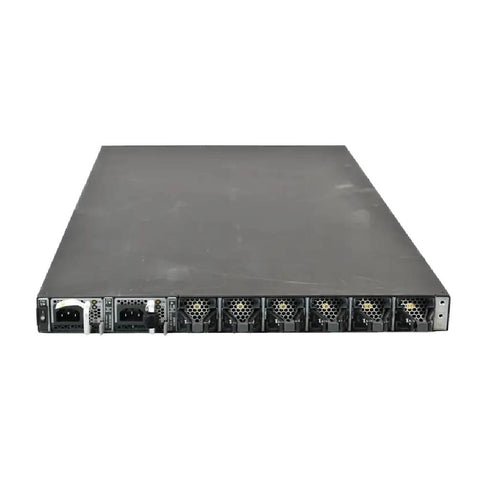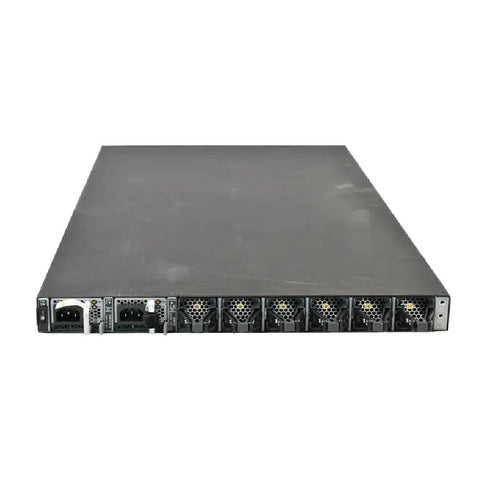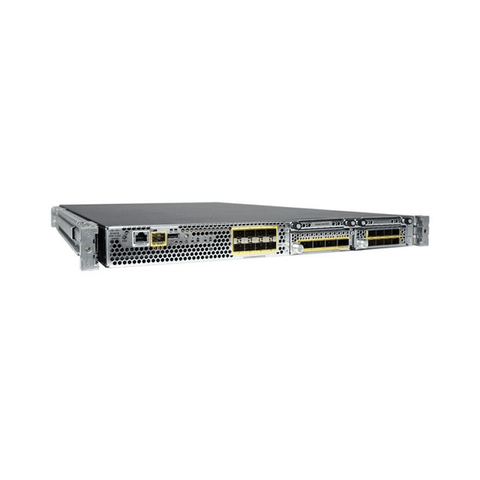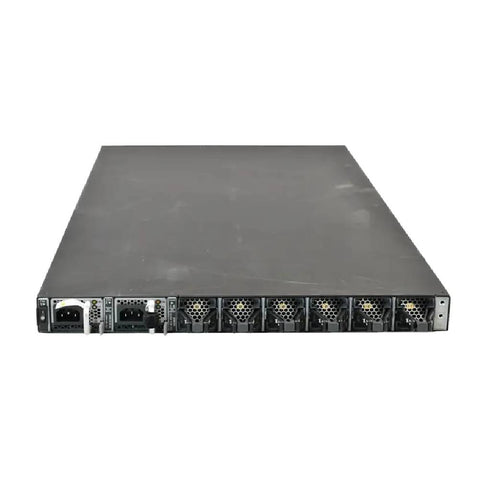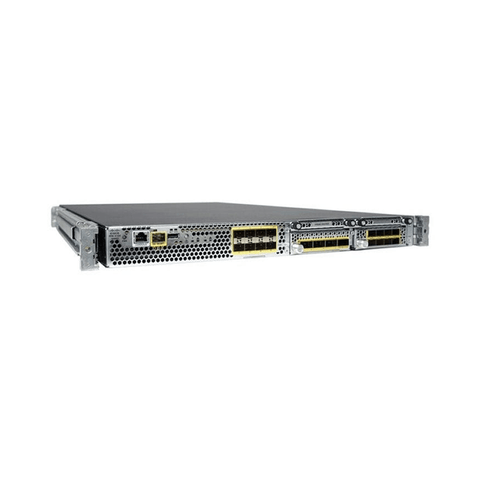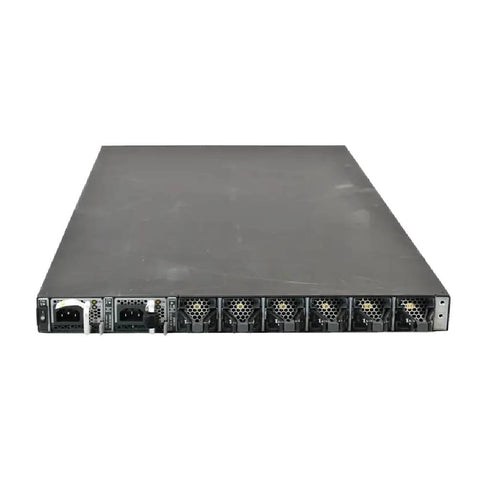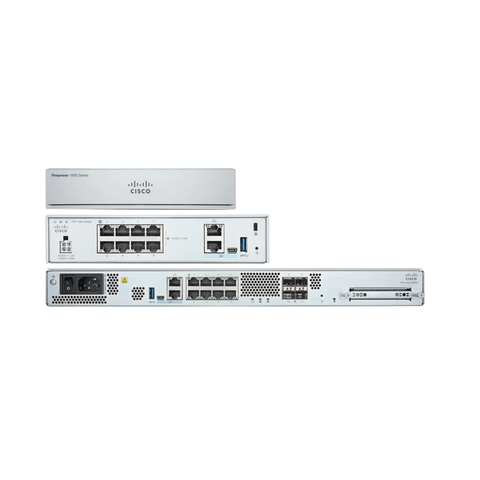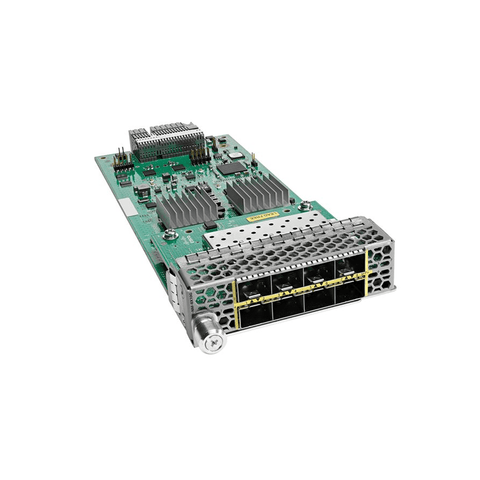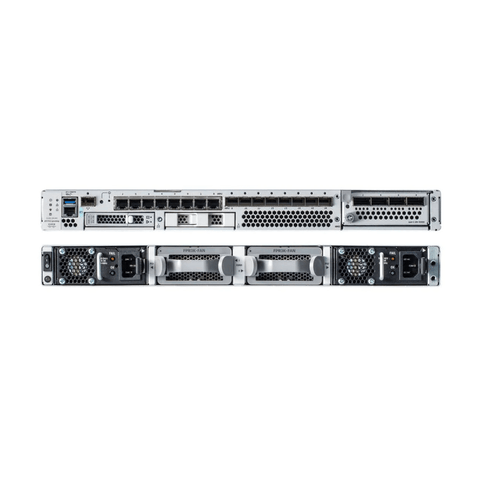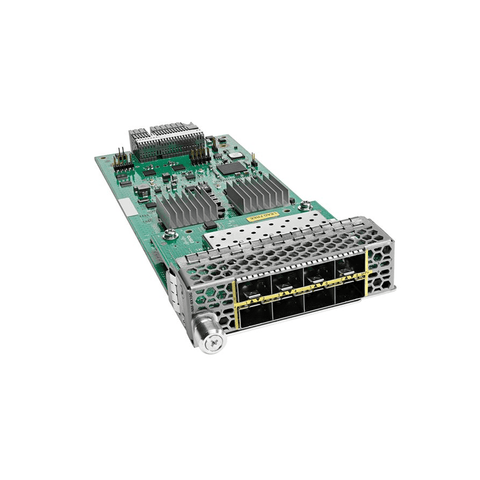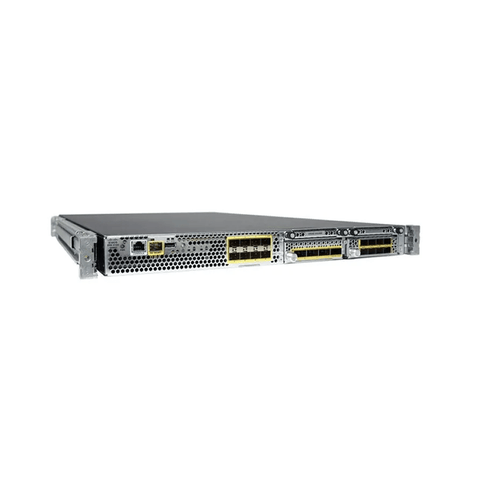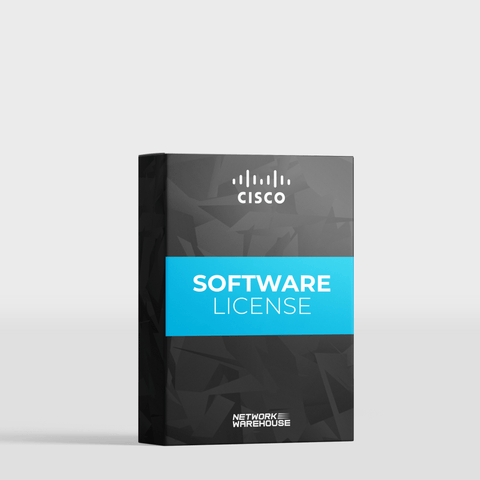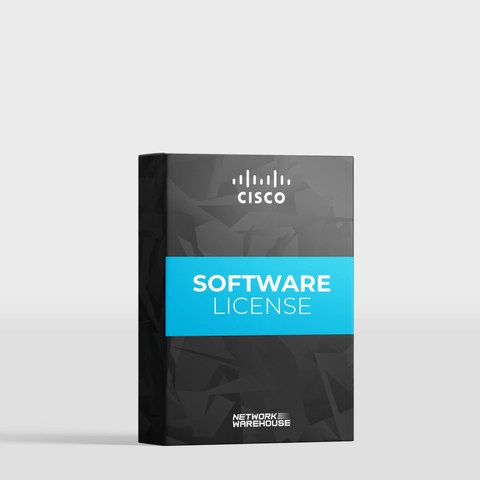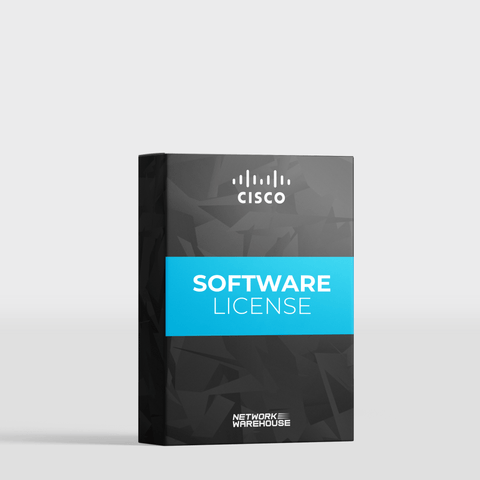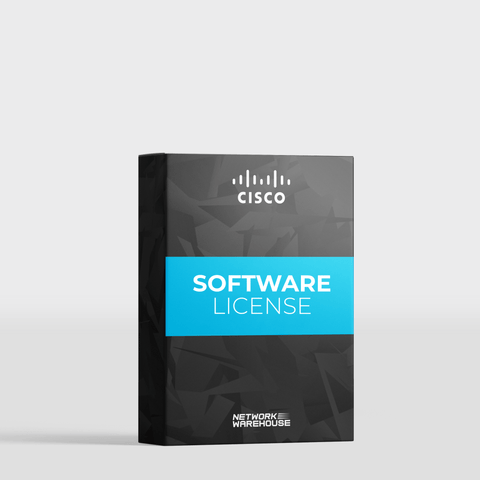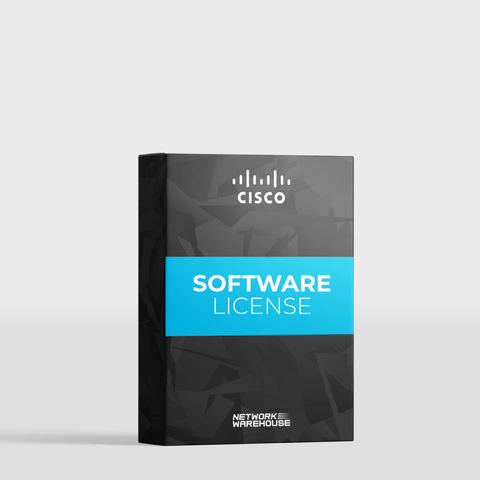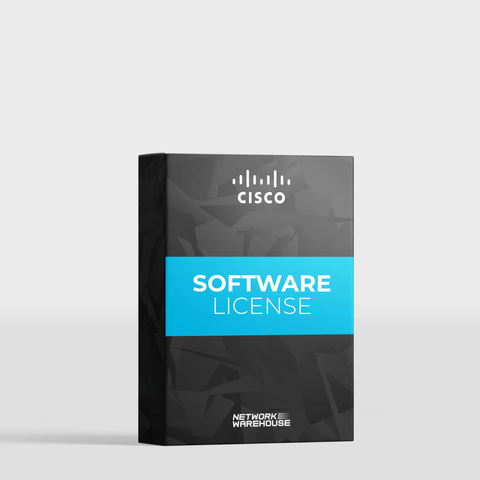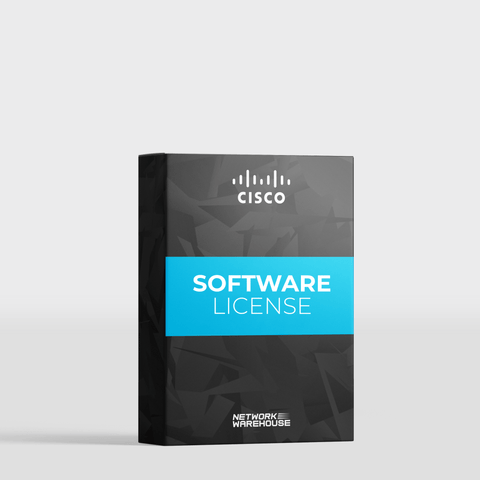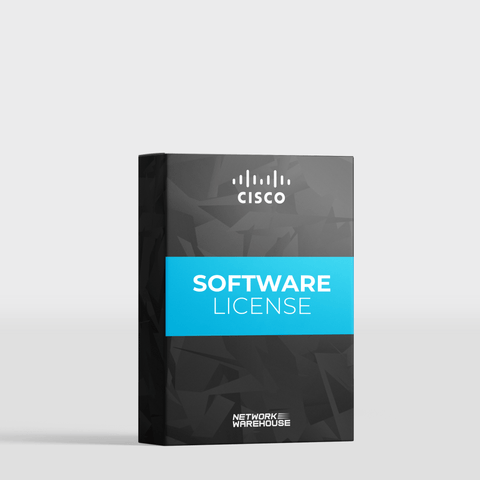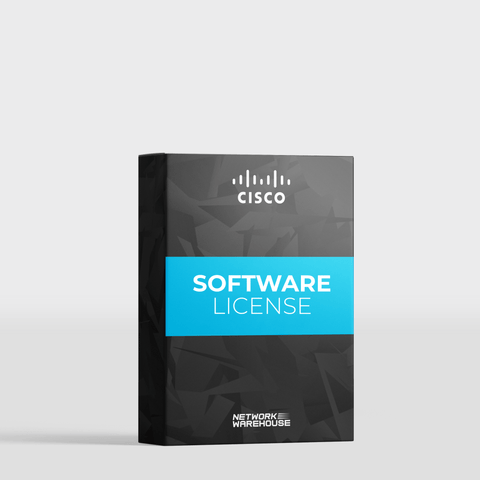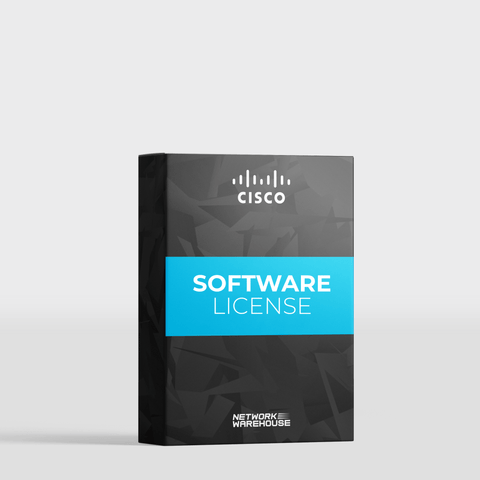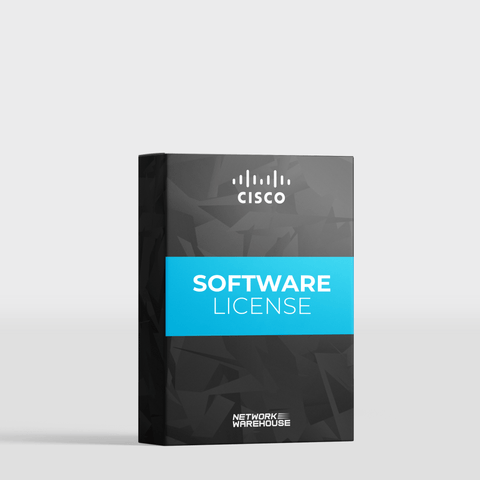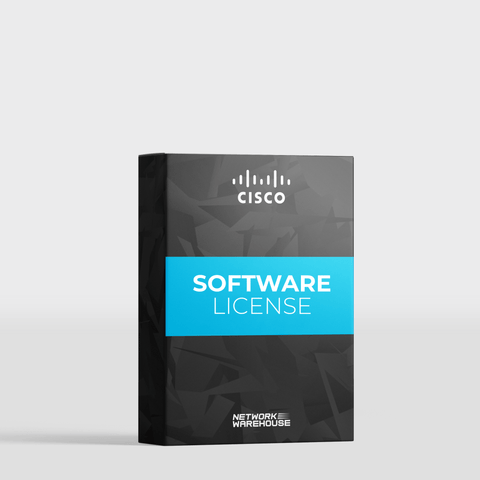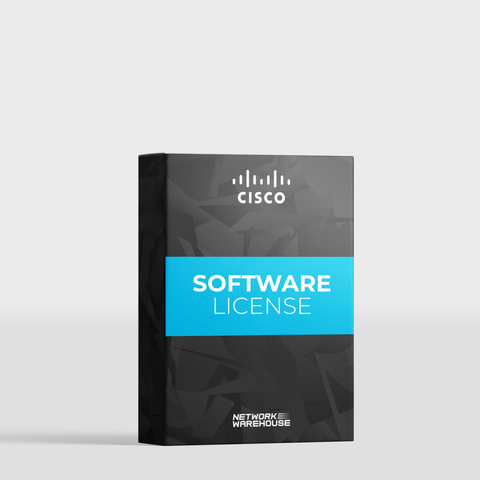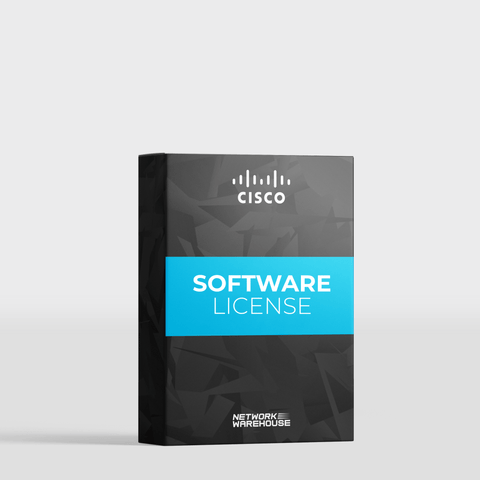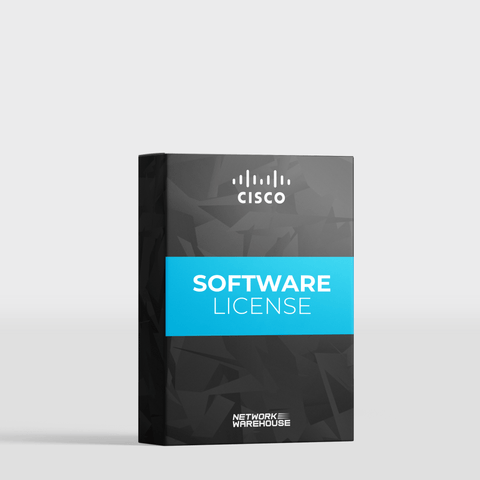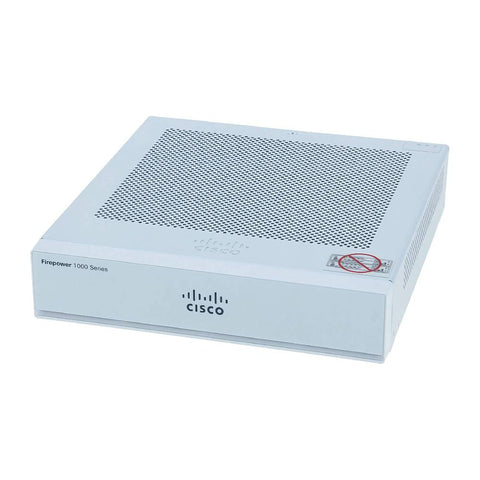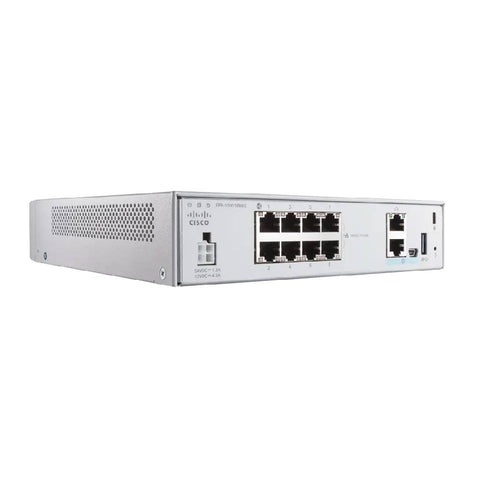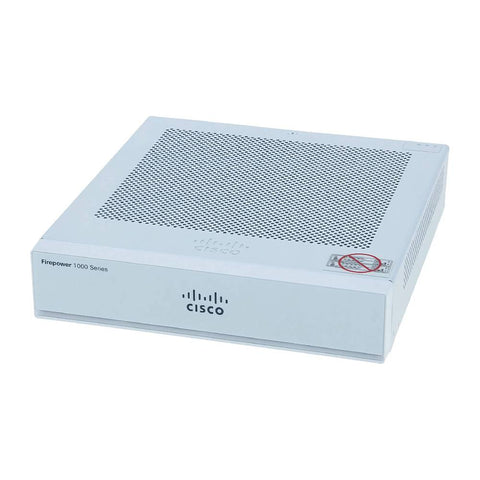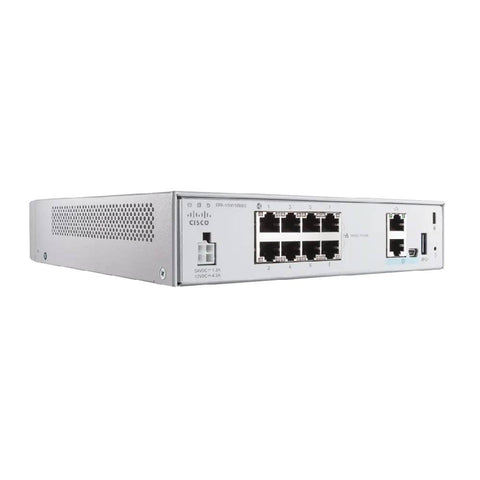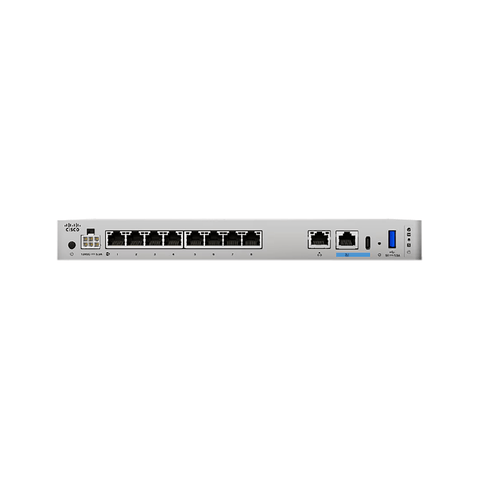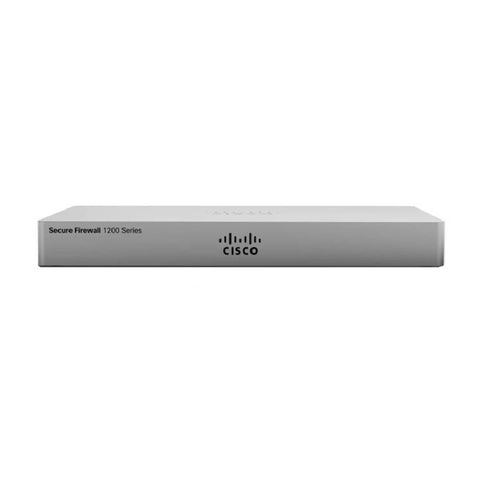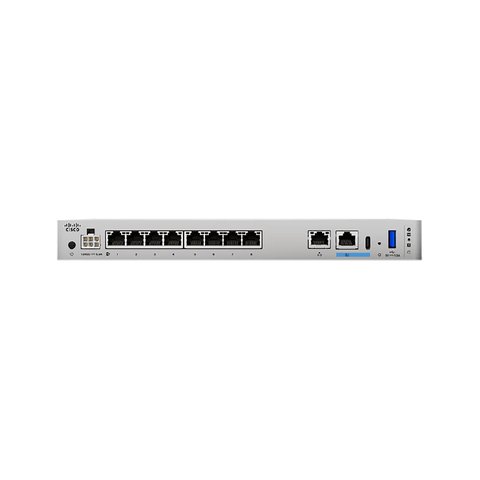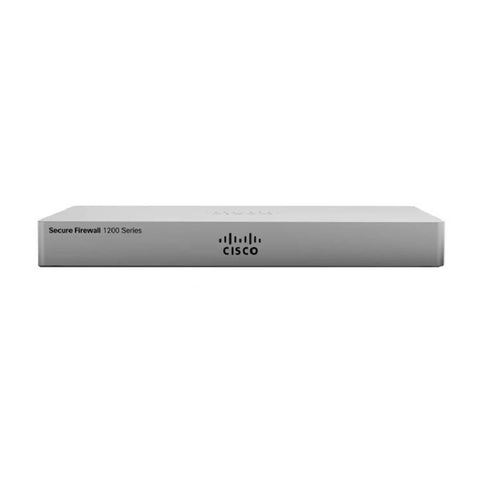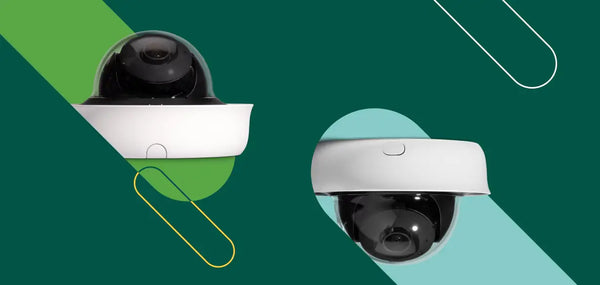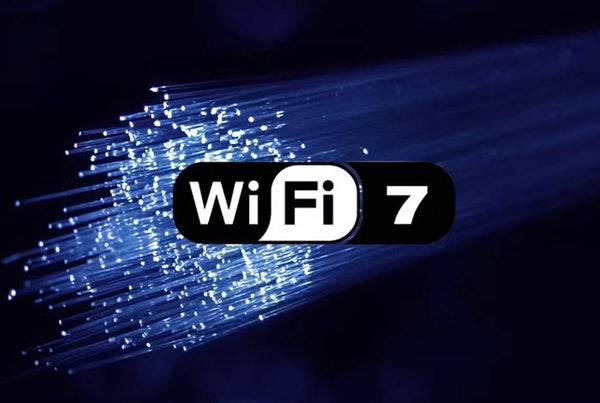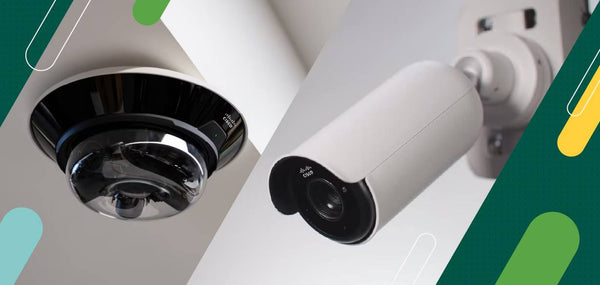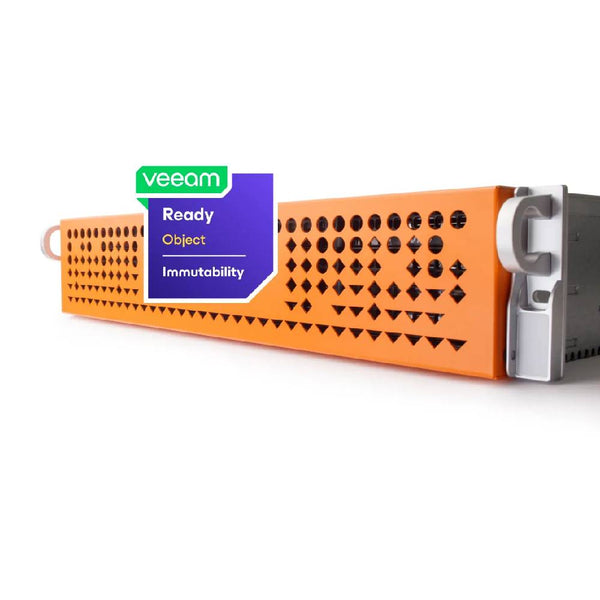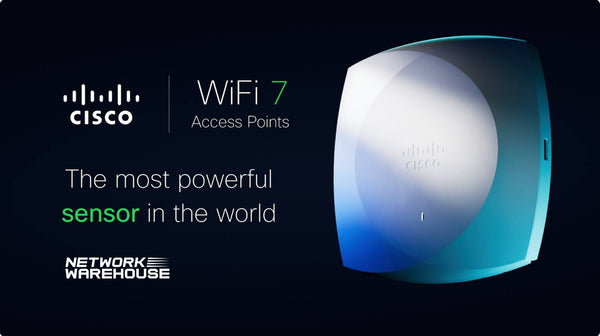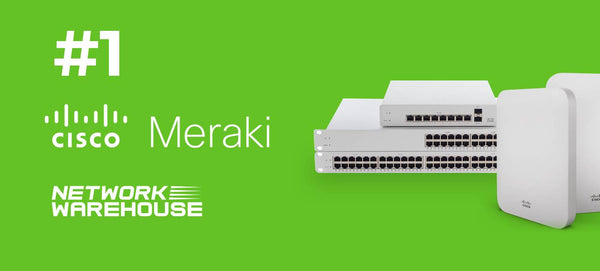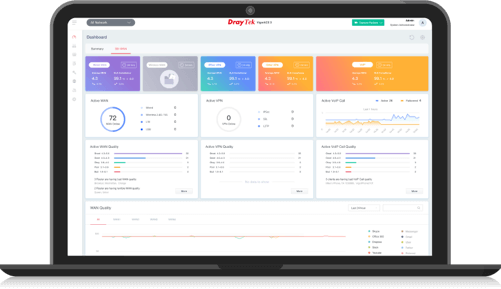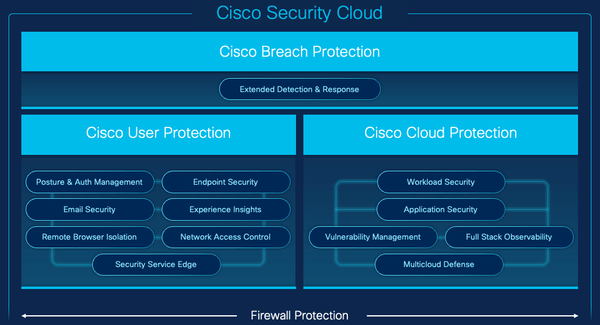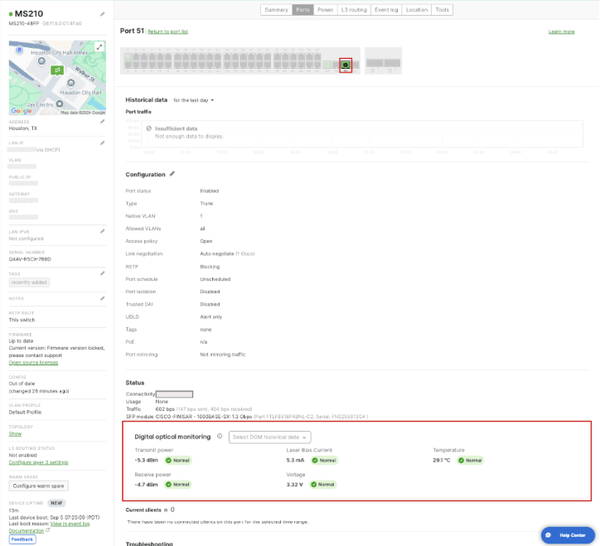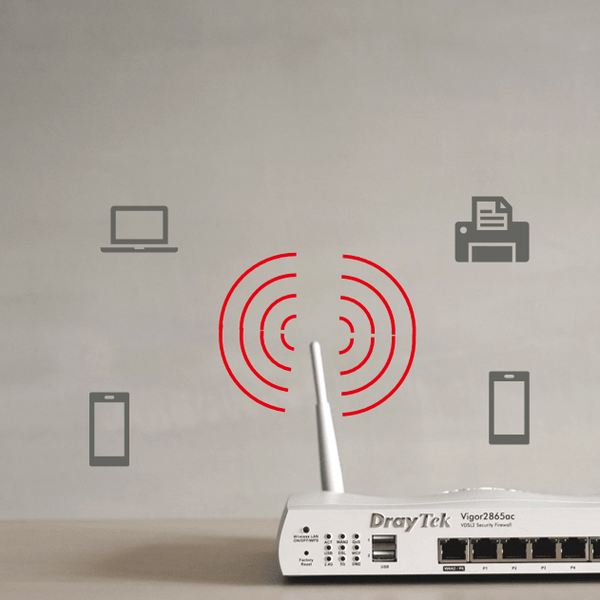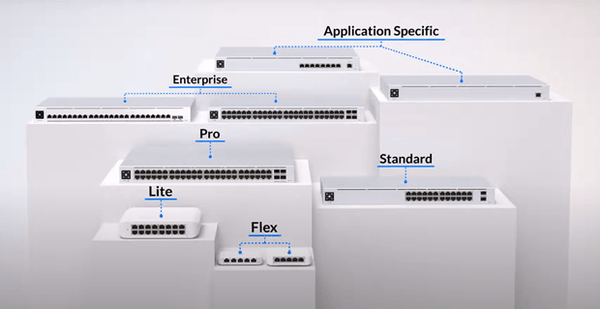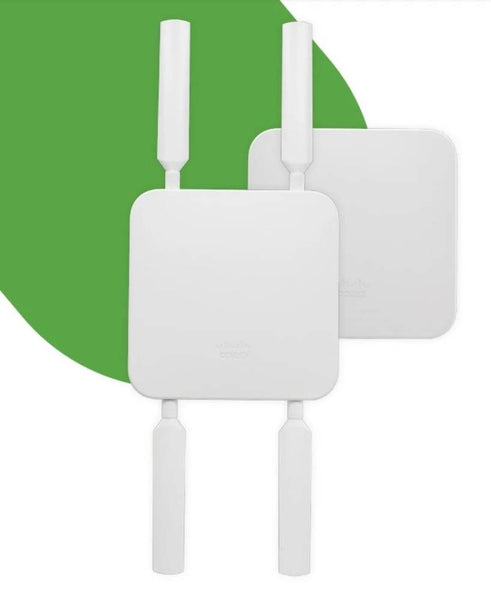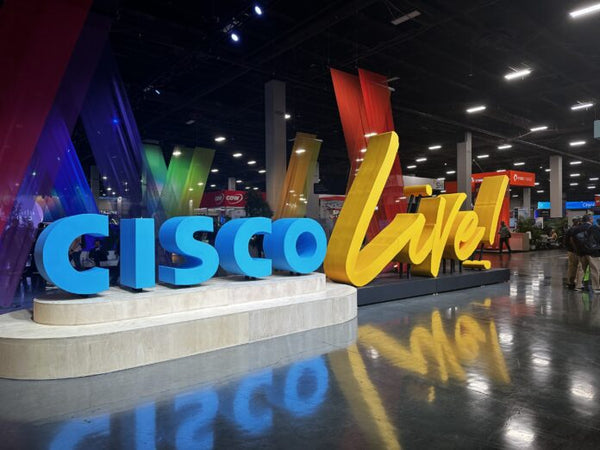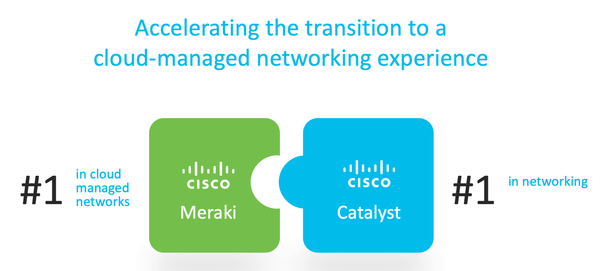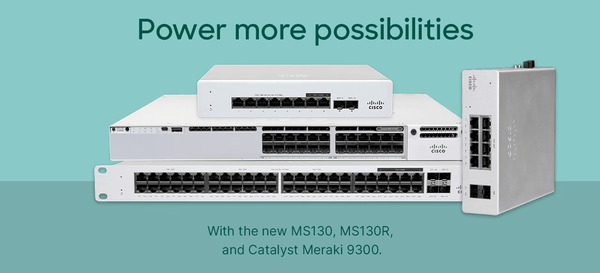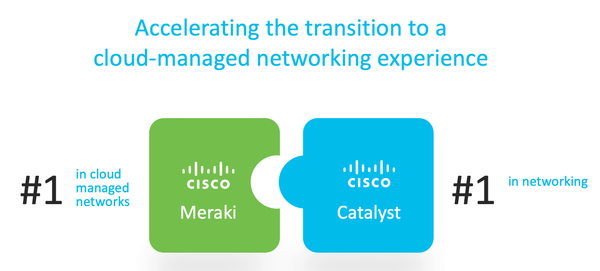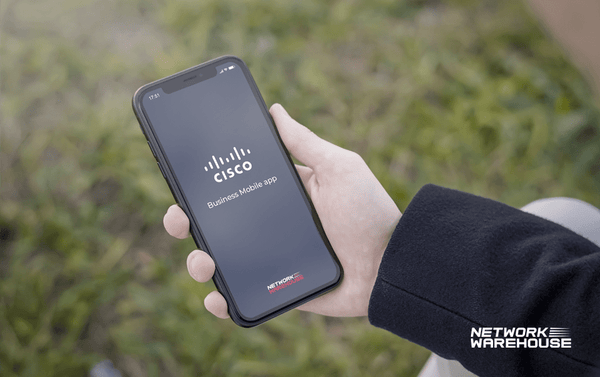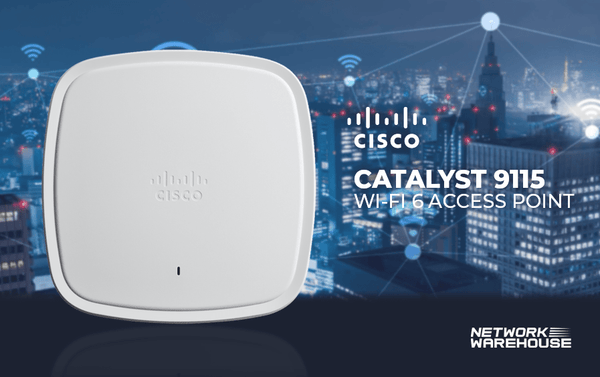CATEGORIES
- SHOP CISCO
-
SHOP CISCO NEXUS
-
Cisco Nexus 9200 Series
-
Cisco Nexus 9300-EX Series
-
Cisco Nexus 9300-FX Series
-
Cisco Nexus 9300-FX2 Series
-
Cisco Nexus 9300-FX3 Series
-
Cisco Nexus 9300-FX3S Series
-
Cisco Nexus 9300-FX3P Series
-
Cisco Nexus 9300 ACI Fixed Spline Series
-
Cisco Nexus 9300-GX Series
-
Cisco Nexus 9300-GX2 Series
-
Cisco Nexus 9400 Series
-
Cisco Nexus 9500 Series
-
Cisco Nexus 9800 Series
-
Cisco Nexus 9200 Series
- SHOP MERAKI
- SHOP ARUBA
- SHOP APC
- SHOP DRAYTEK
your product's name
your product's name
your product's name
your product's name
your product's name
your product's name
your product's name
your product's name
Converging On-Premises & Cloud Network Security Into a Unified Hybrid Strategy
Bridging On-Premises and Cloud Security with Cisco’s Latest Innovations Today...
Read moreStrengthening Retail Security and Loss Prevention
A positive shopping experience depends on more than just friendly service and...
Read moreThe Future of Work Demands Next-Gen WiFi
The way we work has undergone a radical transformation in recent years. Remot...
Read moreBuild Physical Security Superpowers with Smart Bullet Cameras and Multi-Imagers
How is your current physical security deployment doing? We consistently hear ...
Read moreNetwork Warehouse add Object First to its vendor portfolio
This week Network Warehouse became a fully authorised Object First solutions ...
Read moreThe Future of Business Connectivity: Wi-Fi 7 and OpenRoaming
Seamless, reliable connectivity isn’t just a nice-to-have anymore—it’s essent...
Read moreNetwork Warehouse Named #1 for Meraki
Network Warehouse have been named #1 for Cisco Meraki in the United Kingdom. ...
Read moreDrayTek VigorACS 3 – Network Management System
Want a cloud manged network but don't have the budget for Cisco Meraki. Take ...
Read moreSocial Engineering 201: How the Cisco User Protection Suite Safeguards Organizations
In Social Engineering 101, we shared the story of John, the well-meaning empl...
Read moreCisco Security and Splunk SIEM
How Splunk SIEM and Cisco Security work together The Splunk platform removes ...
Read moreMeraki Introducing SFP Optic Health Monitoring with Digital Optical Monitoring (DOM)
Being able to monitor the health of your fiber optic transceivers in real ti...
Read moreMeet the new Cisco Catalyst 1200 and 1300 Series Switches for SMBs
In today’s hyperconnected world where seamless customer experience is the ke...
Read more40 years later, the UPS is more important than ever for certainty in a connected world
Himamshu Prasad, September 4, 2024 This year, we celebrate the #40YearsOn an...
Read moreGetting Started with Ubiquiti UniFi
The World of UniFi works in tandem to fulfill the essential needs of modern...
Read moreMIMO & Beamforming
MIMO, Spatial Multiplexing, MU-Mimo & Beamforming When I was writing my...
Read moreWhich UniFi Switch is Right for Me?
UniFi switches help you power, connect, and process traffic across all of yo...
Read moreDon’t forget the uninterruptible power supply in your cybersecurity plan
Cybersecurity breaches through unauthorized access to hardware happen more o...
Read moreWhich Ubiquiti UniFi Protect Camera is Right for Me?
There are many factors to consider when deciding which UniFi Protect cameras...
Read moreHow to get long term value from a modular single-phase UPS
Michael Mahan, July 20, 2024 When purchasing a single-phase uninterruptible ...
Read moreSimplify 5G Fixed Wireless Access and Scale Secure Connectivity to More Places
Pratik Desai, May 29 2024 Cisco introduces its first 5G Standalone (SA) fix...
Read moreCreating a Long-Term Strategy for Secure Remote Work
By Kamden Schewitz, Dec '23 Keep distributed teams connected and secur...
Read moreCisco Live 2023: Cross-Product Integration
By Zeus Kerravala, 2023 At Cisco’s global user event, Cisco Live, held recen...
Read morePower meets simplicity with the Meraki Catalyst 9300-M
By Minyi Pan, October 2023 In our recent blog announcing new Meraki cloud-ma...
Read moreOnboard your Cisco Catalyst Switches in the Meraki Dashboard today
By Alphonsine Anderson, 2023 Cisco Catalyst (IOS-XE) coming to the Meraki Clo...
Read morePowering New Customer Experience Possibilities
By Tony Carmichael, 2023 Check out the new Cisco Meraki MS130, MS130R, and Ca...
Read moreUnifying Security: Elevate Your Zero Trust Strategy with Cisco’s Duo and Cisco Secure Access
By Jeff Yeo, 2023 In the ever-changing landscape of cybersecurity, the concep...
Read moreWatchGuard Achieves the Highest Recognition
WatchGuard has been named Leader in the latest G2 Grid Report and honored wi...
Read moreIT Leaders Contend with Secure Multicloud Access – The 2023 Global Networking Trends Report
By Derek Mitsumori, 2023 What do you get when a massively distributed workfo...
Read moreCisco Catalyst Gains ‘Industry-Changing’ Simplicity With Meraki Cloud Management Option
The tech giant announces a breakthrough in network management at Cisco Live 2...
Read moreMeraki Go Router Firewall Plus Is The Smart And Easy Way To Secure A Network
If you run a business, you’ll know it’s vital to protect your network and its...
Read moreCisco collaborates with Mazak to innovate in sustainable manufacturing
Working together to build a bridge between productivity and sustainability. “...
Read moreSimplify Security with Managed Cloud Video Surveillance
Maximize business intelligence and adapt to the shifting tech landscape. Chal...
Read moreCisco helps Starbucks brew up efficiency through network automation
A full stack Meraki solution for premium customer experience. It was a relief...
Read moreSee beyond Believing with Smart Cameras
Leveraging video intelligence for agile factories As manufacturers large and ...
Read moreThe best cyber-defense? An analyst who understands offense
Lurene Grenier knows how to build a cyberweapon. Good thing she’s on Cisco’s ...
Read moreCisco Business Mobile app
The Cisco Business Mobile app lets you set up and control your Cisco Business...
Read moreCisco Business Wireless app
The Cisco Business Wireless Mobile app lets you set up and control your Cisco...
Read moreMapping the Way to a More Connected Community
Tech trends and solutions to help steer your journey Over the last decade, ...
Read moreNetworking Demystified: Why Wi-Fi 6E is Hot and Why You Should Care
Wi-Fi 6E is here and the worldwide Wi-Fi community is buzzing about it. But ...
Read moreTop Tech Trends Driving Retail Customer Experiences
Blend e-commerce convenience with in-store tactics for five-star experiences ...
Read moreAccelerating a revolution in autonomous travel
Powered by Cisco, Oxbotica’s AI platform is changing how the earth moves. Whe...
Read moreIntroducing a New Dashboard Landing Experience
Simple, not basic “Everything should be made as simple as possible, but not s...
Read moreTransform your network operations with the cloud-delivered power of Nexus Cloud
In this blog I will delve into details of the new Cisco Nexus Cloud, which g...
Read moreTransforming Hotel Operations with Smart Technology
Increased efficiencies ensure hotel facility managers rest easy at night Thin...
Read moreWiFi 6, for the next wave in ubiquitous connectivity
Cisco’s WiFi 6 solutions are supporting a secure, fast, low-latency future. I...
Read moreBuild Smarter Experiences with Cloud-Managed Networking
Cloud-managed networking has emerged as a critical solution for IT leaders w...
Read moreHyperconnectivity with steady performance in demanding environments
Hyperconnectivity with steady performance in demanding environments. Exponen...
Read moreGraduate to Elevated Campus Experiences
Five ways IoT technologies can modernise IT, facilities, and operationsAs un...
Read moreHow privacy became mission critical
“It’s a really exciting time to be in the privacy field,” said Harvey Jang, ...
Read moreHow to Amp Up Guest Experiences—and Profits
Hospitality industry uses tech infrastructure to boost loyalty, revenue, and ...
Read more
Jon Petanya
Network Administrator
Great customer service which means more to us than just the low prices.
Cisco Nexus 9300 ACI Fixed Spline Series Switch | N9K-C9364C
£42,699.48 inc vat
N9K-C9364C
Contact Support
Key Features
- Ports: 64-port 40/100G QSFP28 ports and 2-port 1/10G SFP+ ports
- CPU: 4 Cores
- System Memory: 32 GB
- Solid-State Disk (SSD) Drive: 128 GB
- Shared System Buffer: 40 MB
- Management Ports: 2 (1 x 10/100/1000Base-T and 1 x 1-Gbps SFP)
- USB Ports: 1
- RS-232 Serial Port: 1
- Power Supplies (up to 2): 1200W AC, 930W DC or 1200W HVAC/HVDC
- Typical Power (AC/DC): 429W
- Maximum Power (AC/DC): 1245W
- Frequency (AC): 50 to 60 Hz
- Airflow: Port-side intake or port-side exhaust options
- Physical (H x W x D): 3.38 x 17.37 x 22.7 in (8.59 x 44.13 x 56.58 cm)
- Acoustics: 76.7 dBA at 40% fan speed, 83.7 dBA at 70% fan speed, and 97.4 dBA at 100% fan speed.
-
MTBF: 257,860 hours
Options
Power supplies
Fans
Software
Downloads
Datasheet
Transceiver compatibility tool
About This Product
Industry shifts are redefining IT at all levels. On-premise IT consumption models are shifting to cloud-based services. IT as a Service (IaaS) is supplanted by applications as a service. Separate development and operations are moving toward integrated Development and Operations (DevOps). Device-centric management models are migrating to application-centric management.
Business agility requires application agility, so IT teams need to provision applications in hours instead of months. Resources need to scale up (or down) in minutes, not hours. Traditional approaches take a siloed operational view, with no common operational model for the application, network, security, and cloud teams. A common operational model delivers application agility, simplified operations, assured performance, and scale.
Cisco® Application Centric Infrastructure (ACI) is a holistic architecture with centralized automation and policy-based application profiles. The Cisco ACI fabric is designed from the foundation to support emerging industry demands while maintaining a migration path for architecture already in place. The fabric is designed to support the industry move to management automation, programmatic policy, and dynamic “workload-anywhere” models. The Cisco ACI fabric accomplishes this with a combination of hardware, policy-based control systems, and software closely coupled to provide advantages not possible in other models.
The fabric consists of three major components: the Cisco Application Policy Infrastructure Controller (APIC), spine switches, and leaf switches. These three components handle both the application of network policy and the delivery of packets. Organizations can use the ACI-ready Cisco Nexus® 9000 Series Switches as spine or leaf switches to take full advantage of an automated, policy-based, systems management approach. The Cisco Nexus 9300 Series Switches include both spine and leaf switches.
🚀 1-2 Days Express Delivery
Key Features
- Ports: 64-port 40/100G QSFP28 ports and 2-port 1/10G SFP+ ports
- CPU: 4 Cores
- System Memory: 32 GB
- Solid-State Disk (SSD) Drive: 128 GB
- Shared System Buffer: 40 MB
- Management Ports: 2 (1 x 10/100/1000Base-T and 1 x 1-Gbps SFP)
- USB Ports: 1
- RS-232 Serial Port: 1
- Power Supplies (up to 2): 1200W AC, 930W DC or 1200W HVAC/HVDC
- Typical Power (AC/DC): 429W
- Maximum Power (AC/DC): 1245W
- Frequency (AC): 50 to 60 Hz
- Airflow: Port-side intake or port-side exhaust options
- Physical (H x W x D): 3.38 x 17.37 x 22.7 in (8.59 x 44.13 x 56.58 cm)
- Acoustics: 76.7 dBA at 40% fan speed, 83.7 dBA at 70% fan speed, and 97.4 dBA at 100% fan speed.
-
MTBF: 257,860 hours
Options
Power supplies
Fans
Software
Downloads
Datasheet
Transceiver compatibility tool
About This Product
Industry shifts are redefining IT at all levels. On-premise IT consumption models are shifting to cloud-based services. IT as a Service (IaaS) is supplanted by applications as a service. Separate development and operations are moving toward integrated Development and Operations (DevOps). Device-centric management models are migrating to application-centric management.
Business agility requires application agility, so IT teams need to provision applications in hours instead of months. Resources need to scale up (or down) in minutes, not hours. Traditional approaches take a siloed operational view, with no common operational model for the application, network, security, and cloud teams. A common operational model delivers application agility, simplified operations, assured performance, and scale.
Cisco® Application Centric Infrastructure (ACI) is a holistic architecture with centralized automation and policy-based application profiles. The Cisco ACI fabric is designed from the foundation to support emerging industry demands while maintaining a migration path for architecture already in place. The fabric is designed to support the industry move to management automation, programmatic policy, and dynamic “workload-anywhere” models. The Cisco ACI fabric accomplishes this with a combination of hardware, policy-based control systems, and software closely coupled to provide advantages not possible in other models.
The fabric consists of three major components: the Cisco Application Policy Infrastructure Controller (APIC), spine switches, and leaf switches. These three components handle both the application of network policy and the delivery of packets. Organizations can use the ACI-ready Cisco Nexus® 9000 Series Switches as spine or leaf switches to take full advantage of an automated, policy-based, systems management approach. The Cisco Nexus 9300 Series Switches include both spine and leaf switches.
Related Products
Cisco Nexus 9300 ACI Fixed Spline Series Switch | N9K-C9336PQ
£15,521.87 inc VAT
In Stock
Cisco Nexus 9300 ACI Fixed Spline Series Switch | N9K-C9332C
£29,561.58 inc VAT
Contact Support
Cisco Nexus 9300 ACI Fixed Spline Series Switch Power Supply Options
£374.54 inc VAT
Contact Support
Cisco Nexus 9300 ACI Fixed Spline Series Switch Fan Options
£142.01 inc VAT
In Stock

